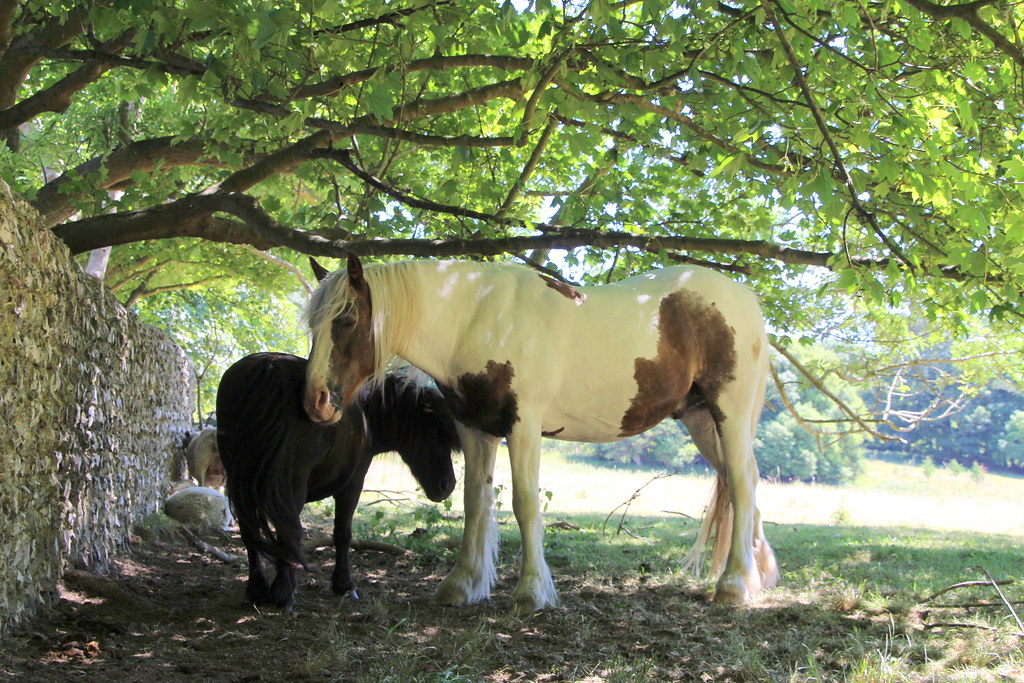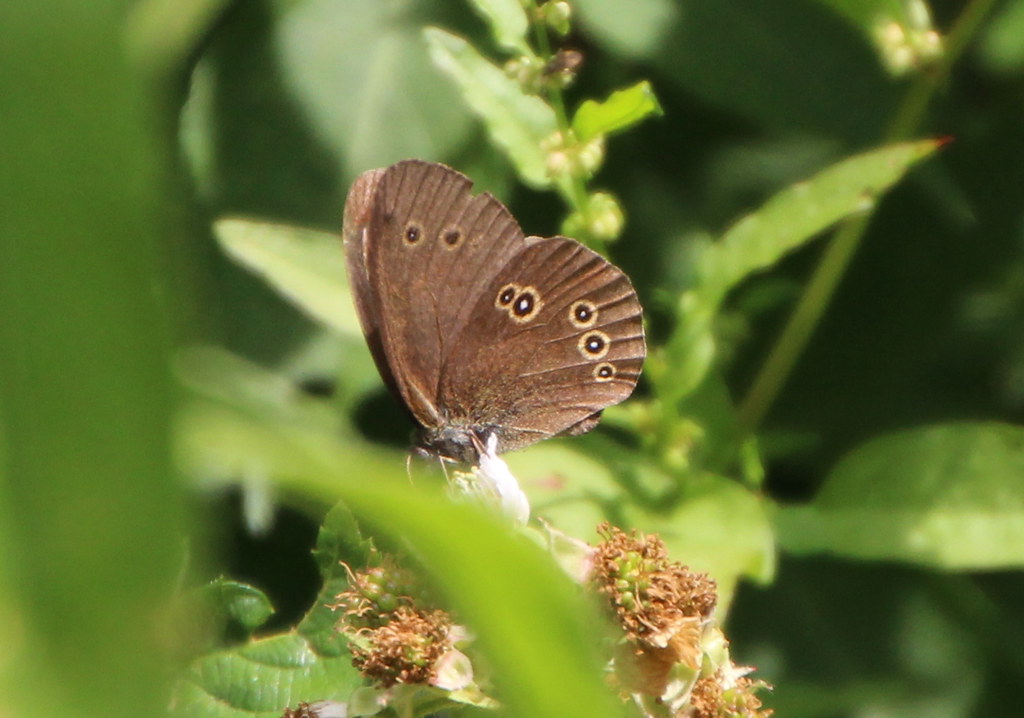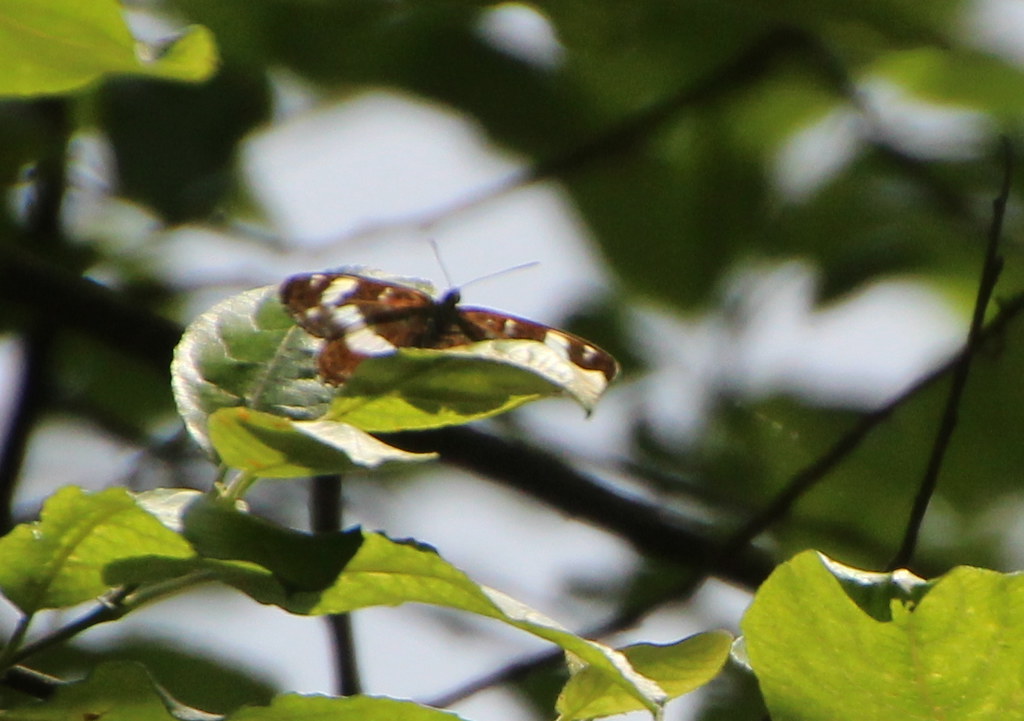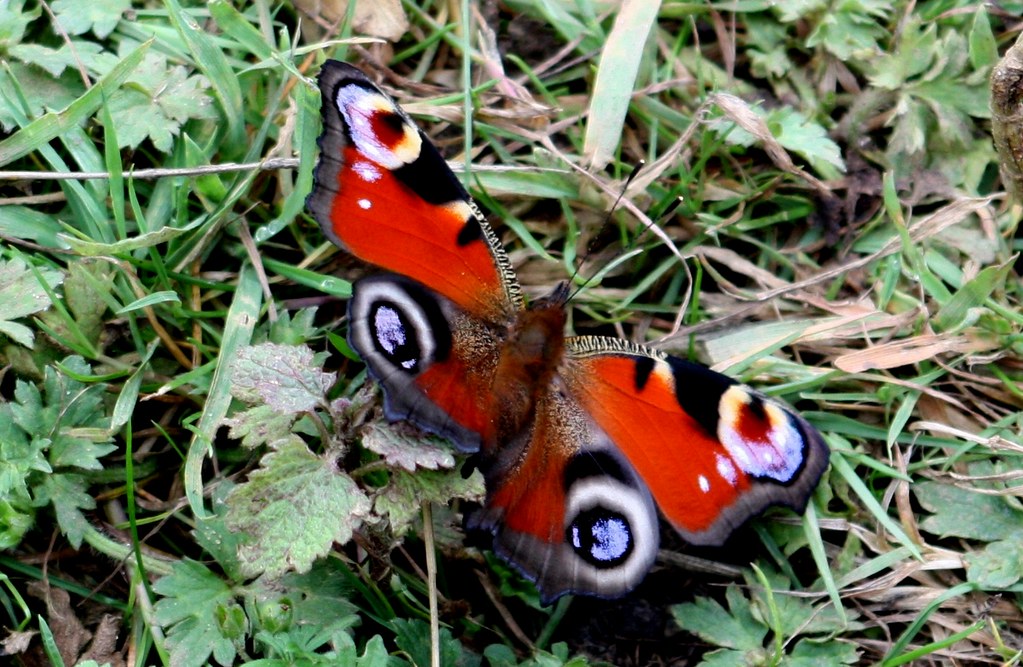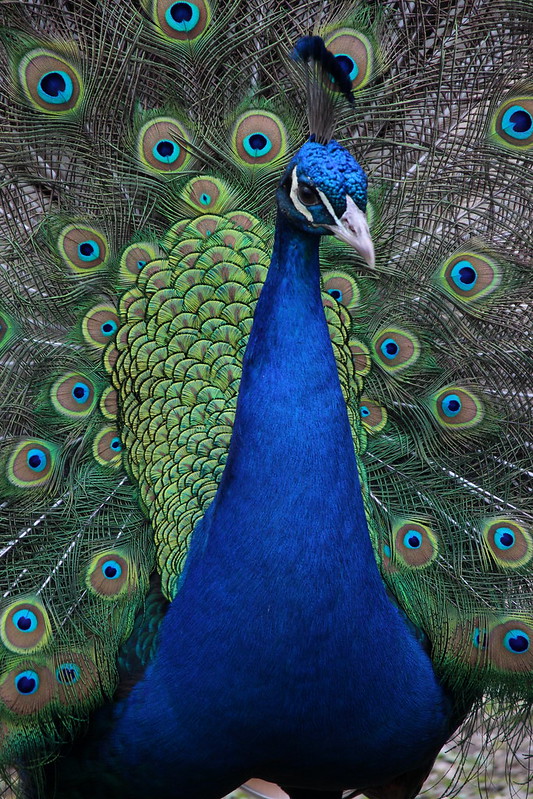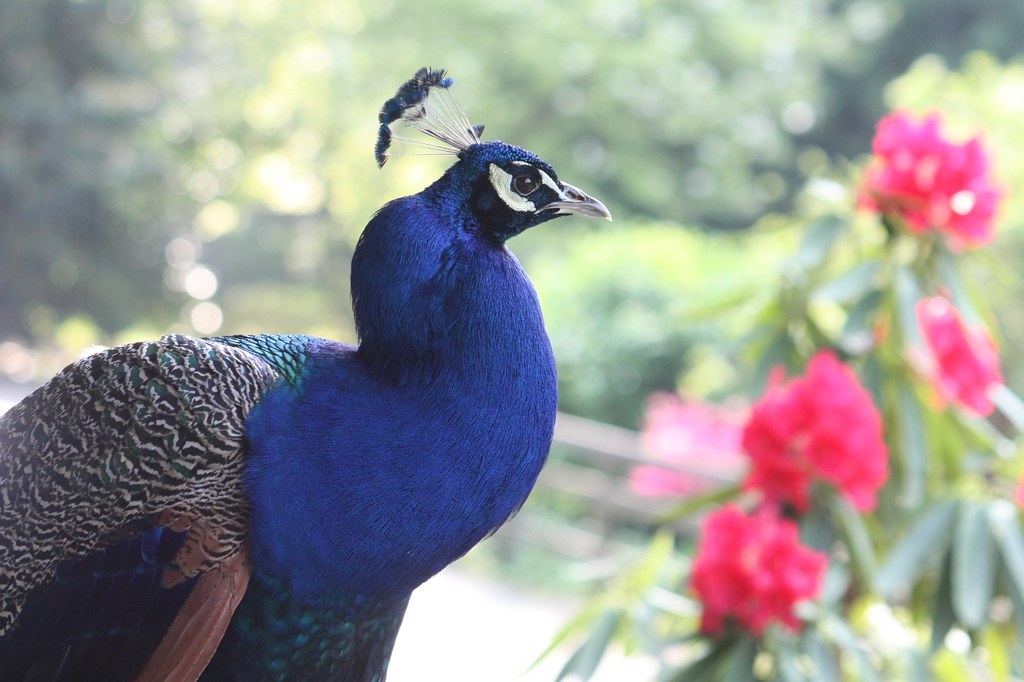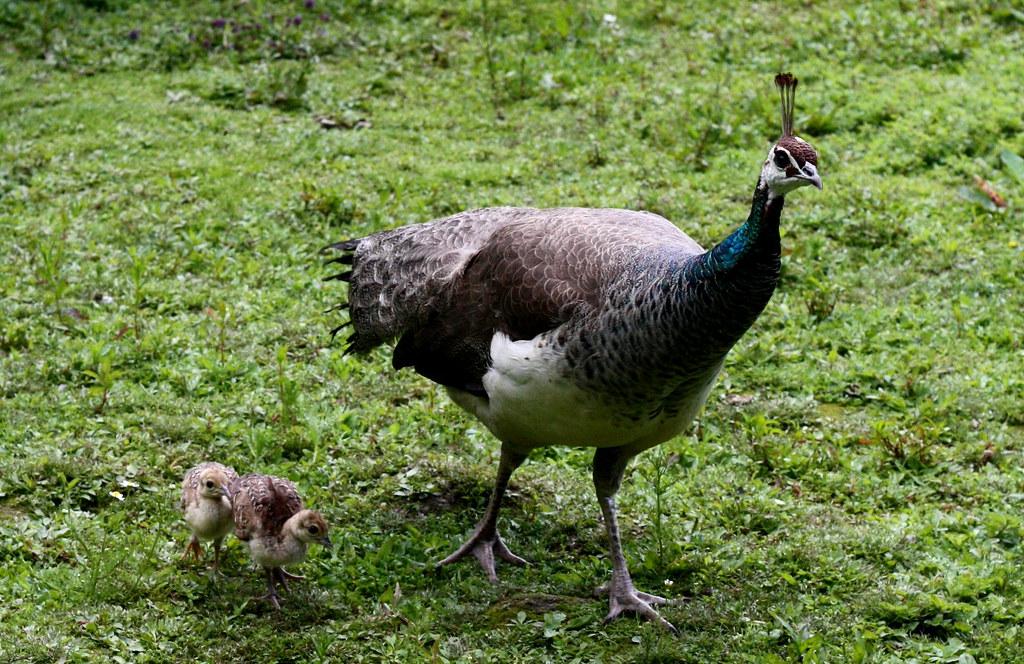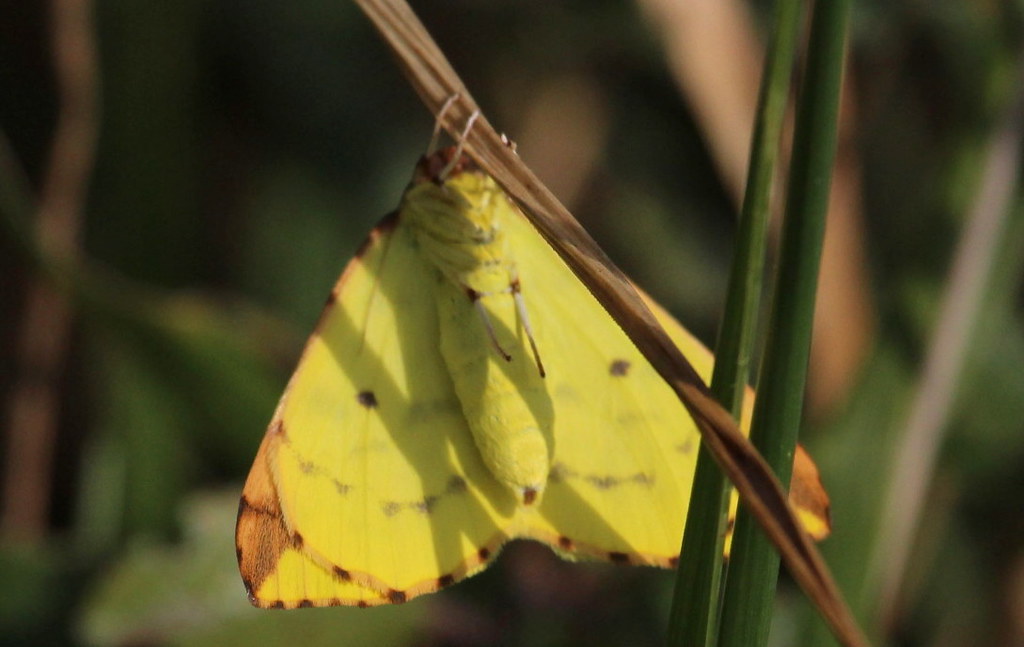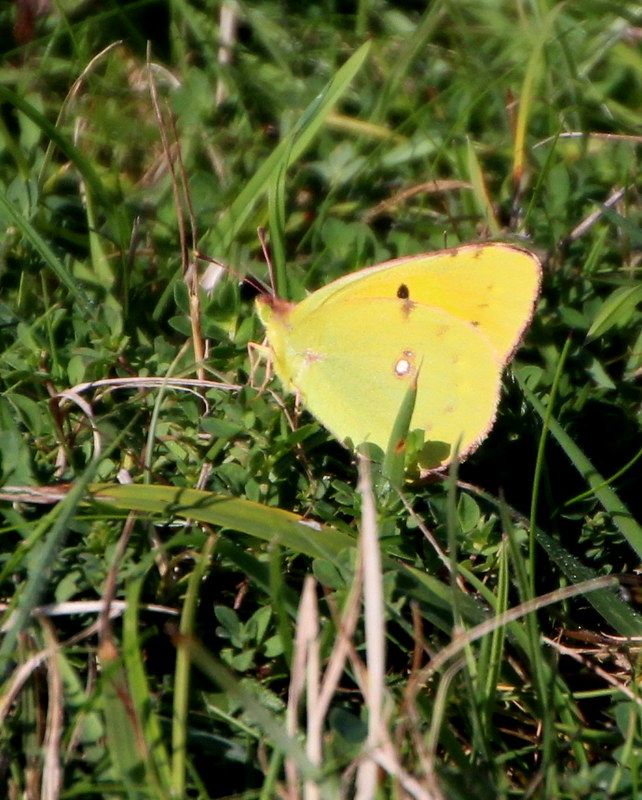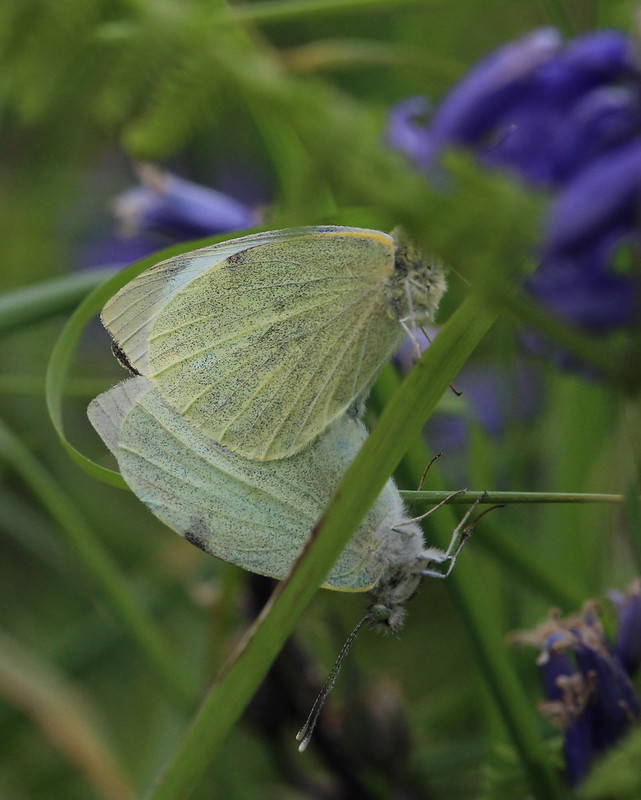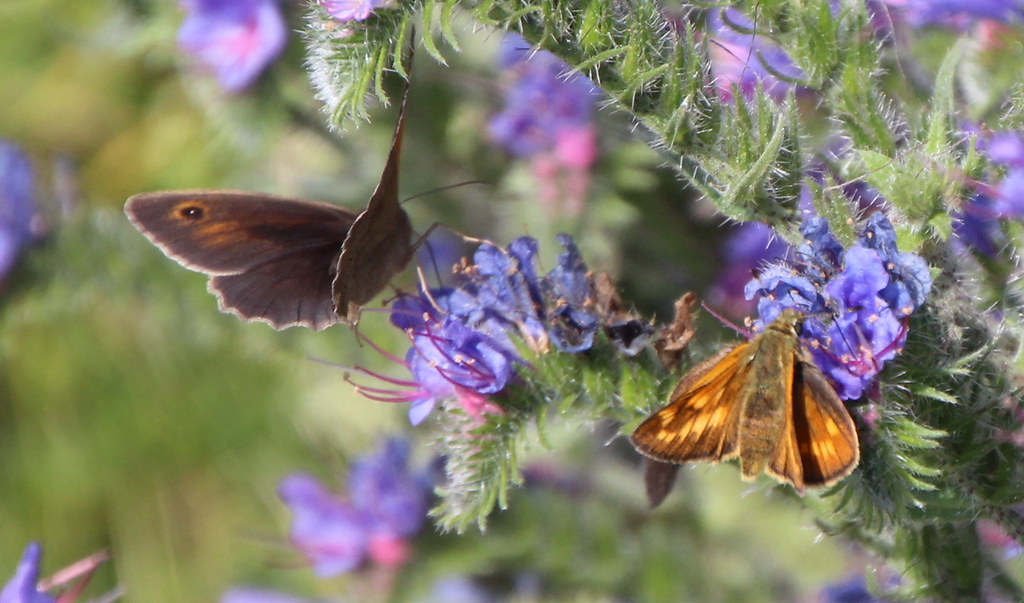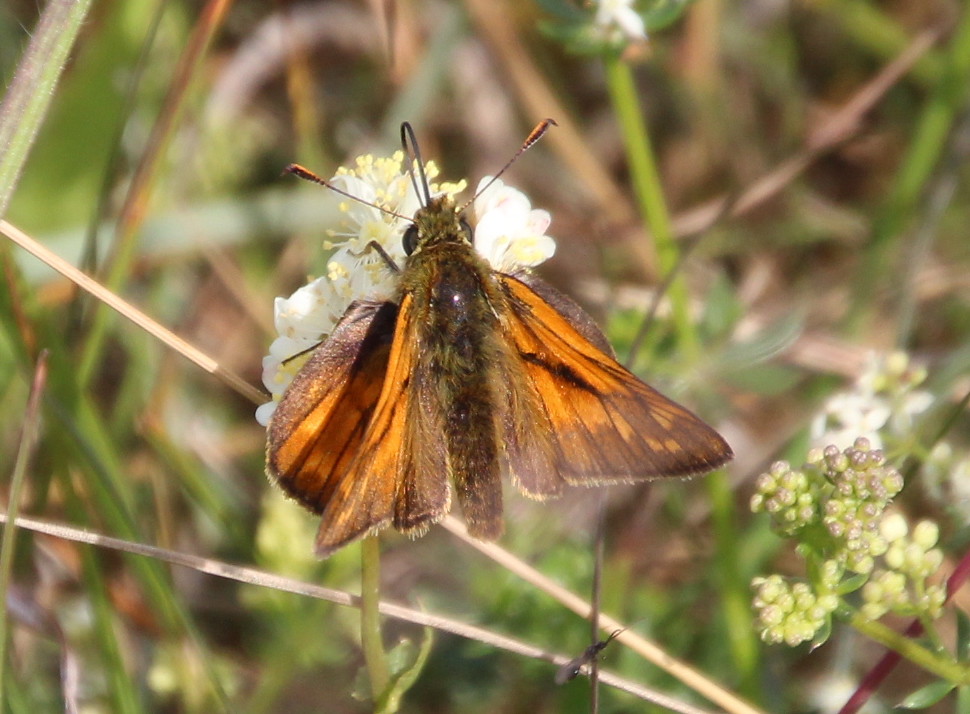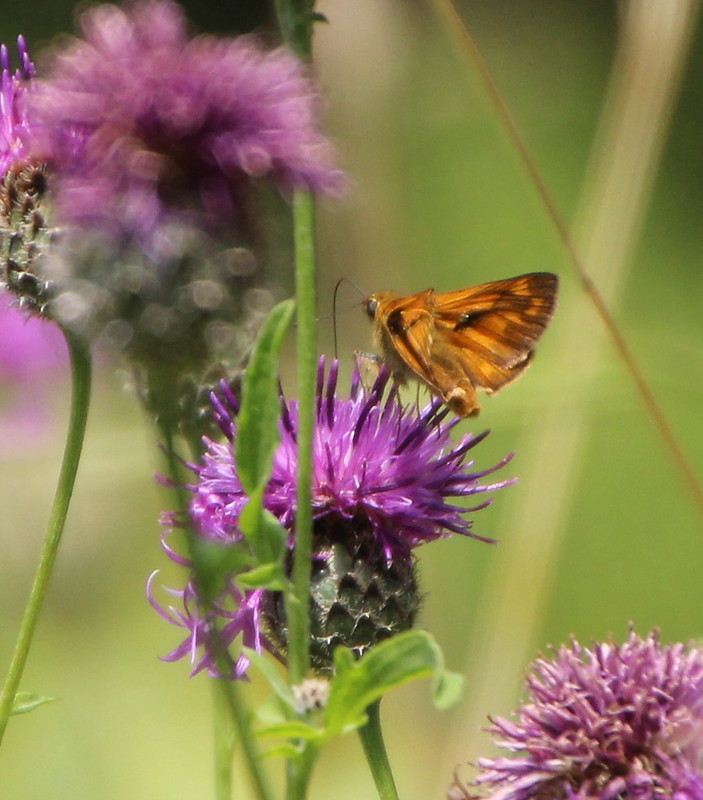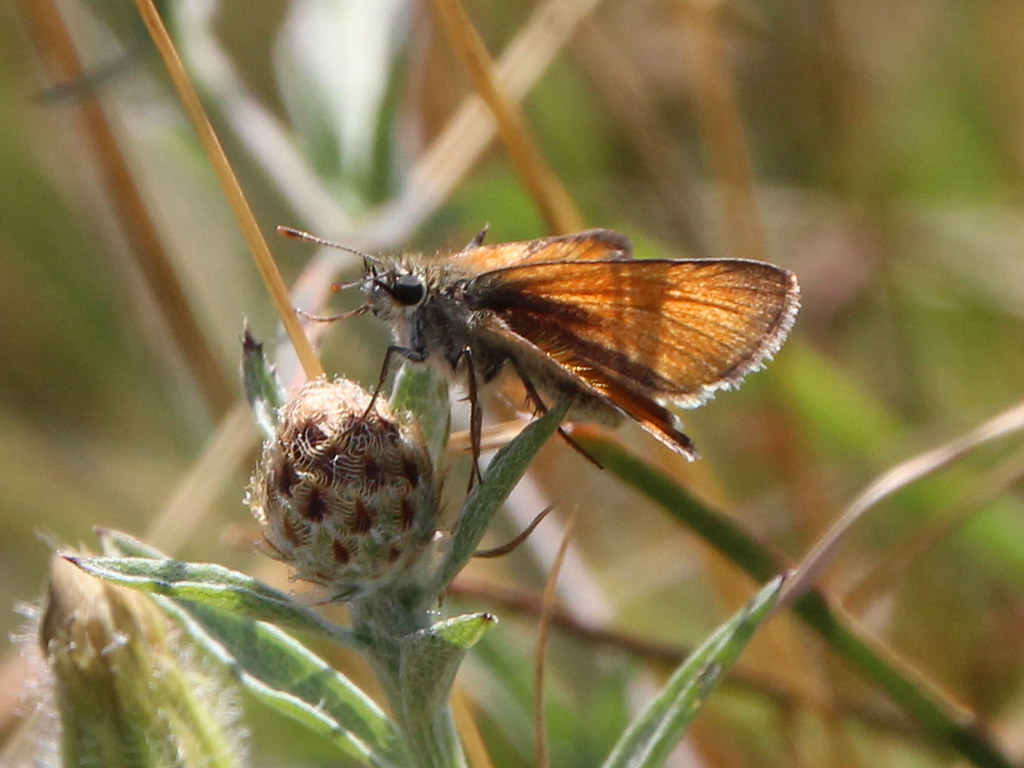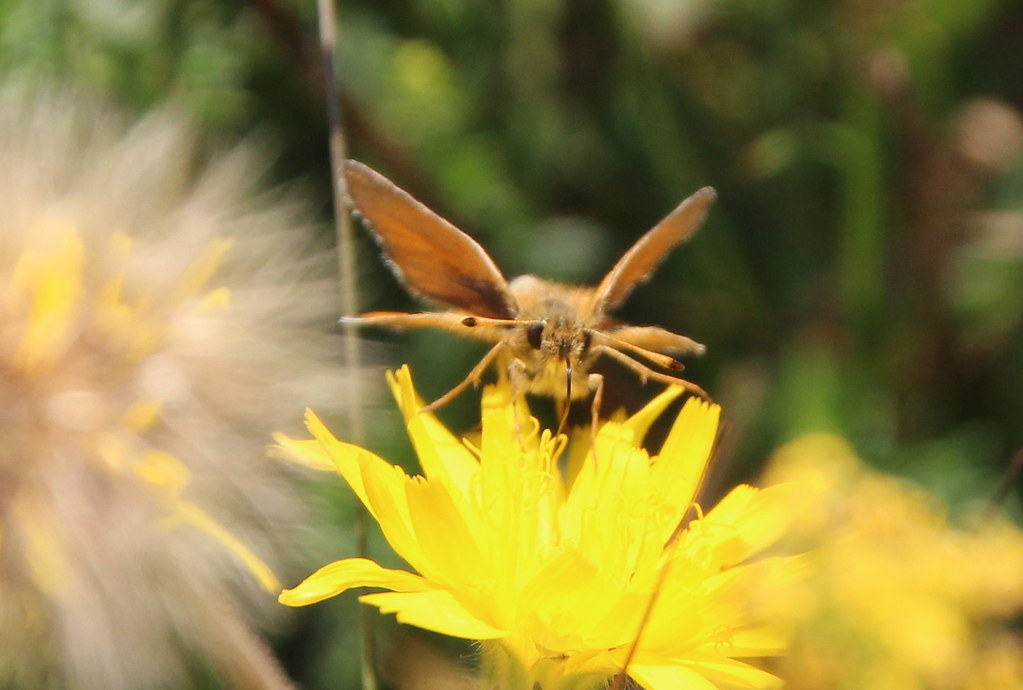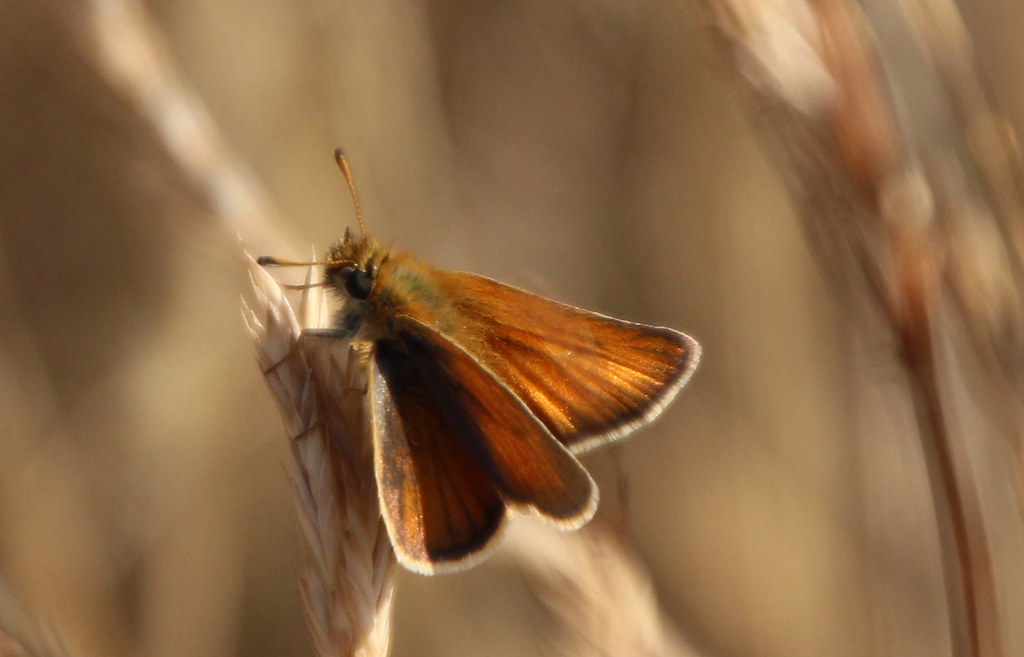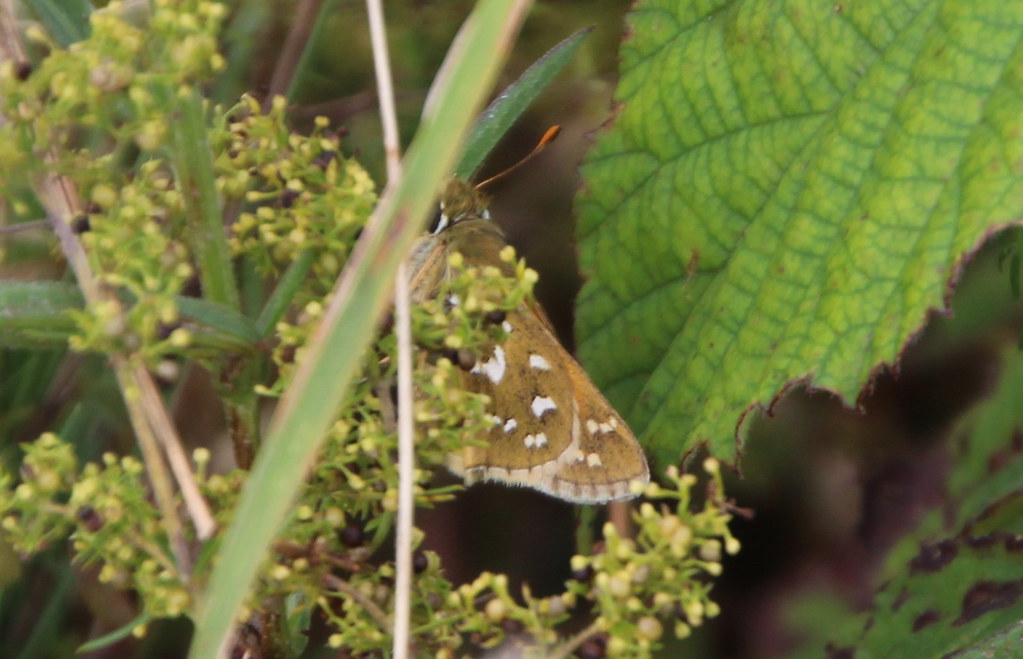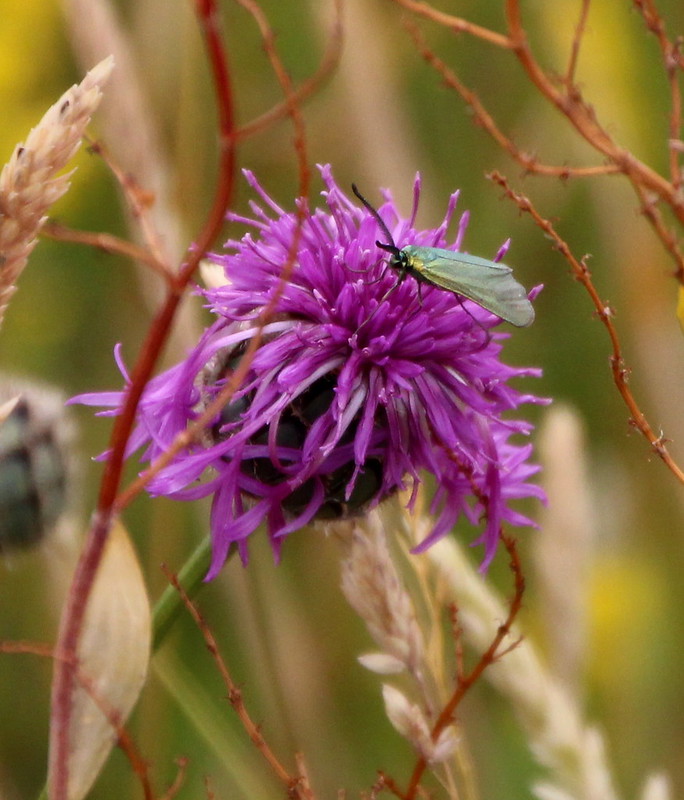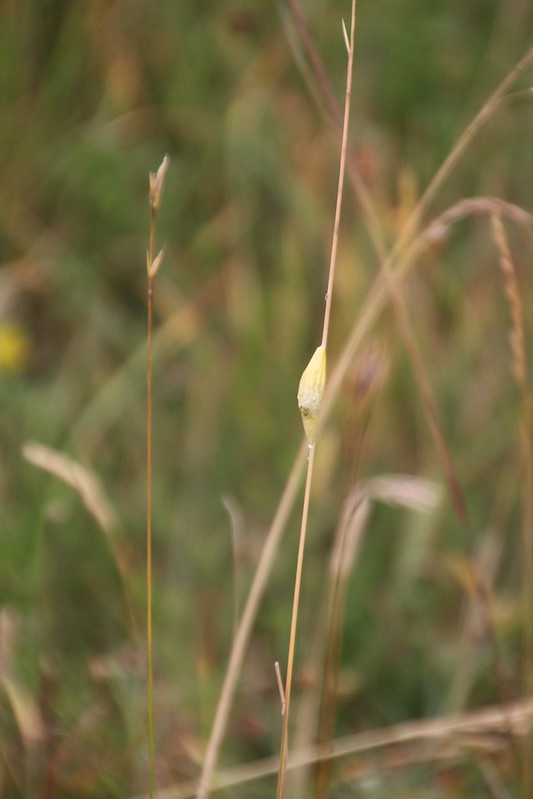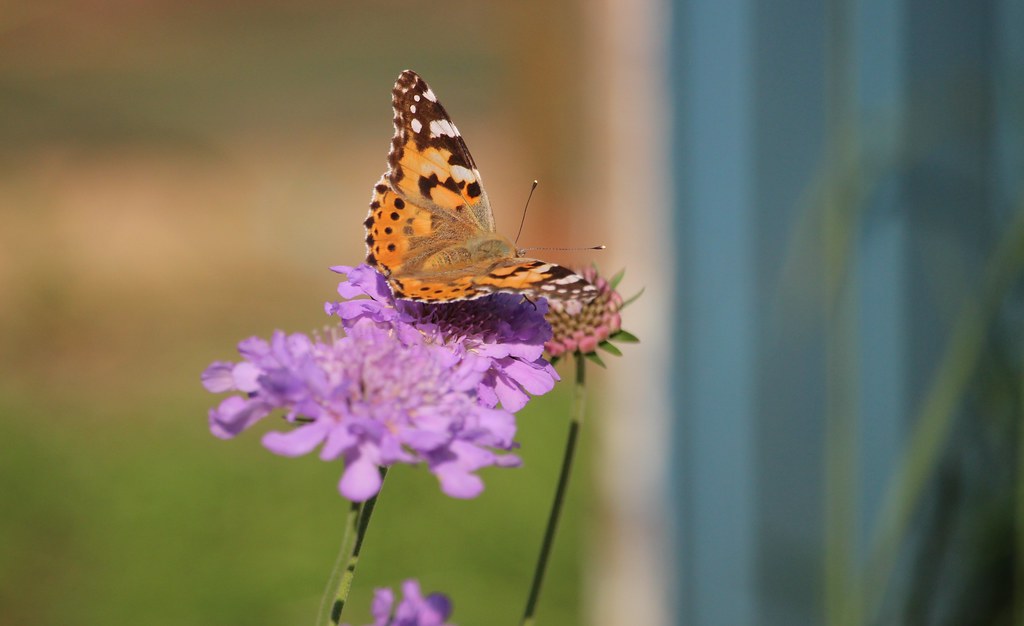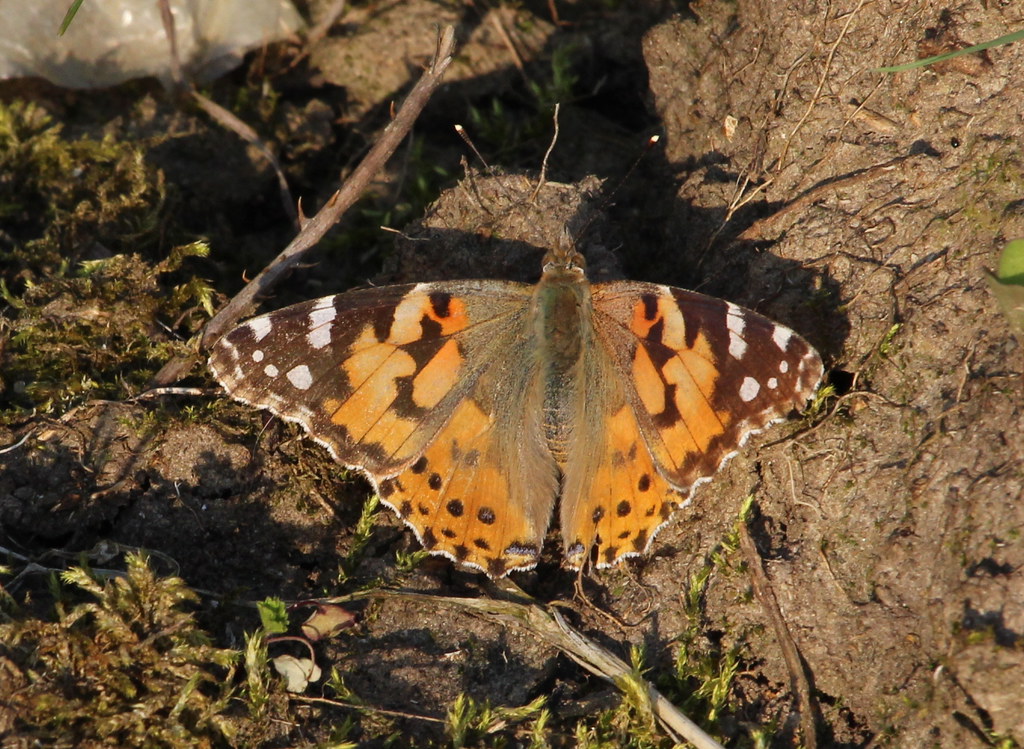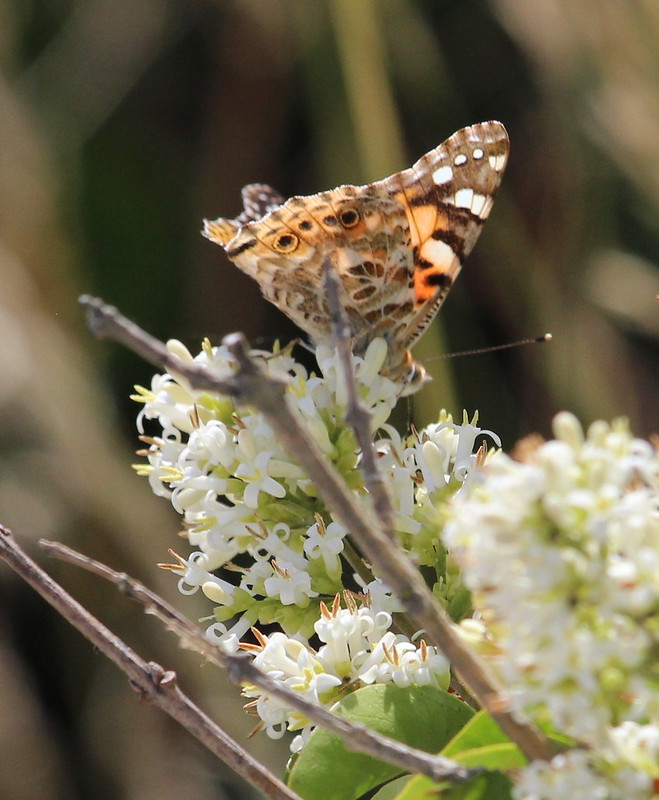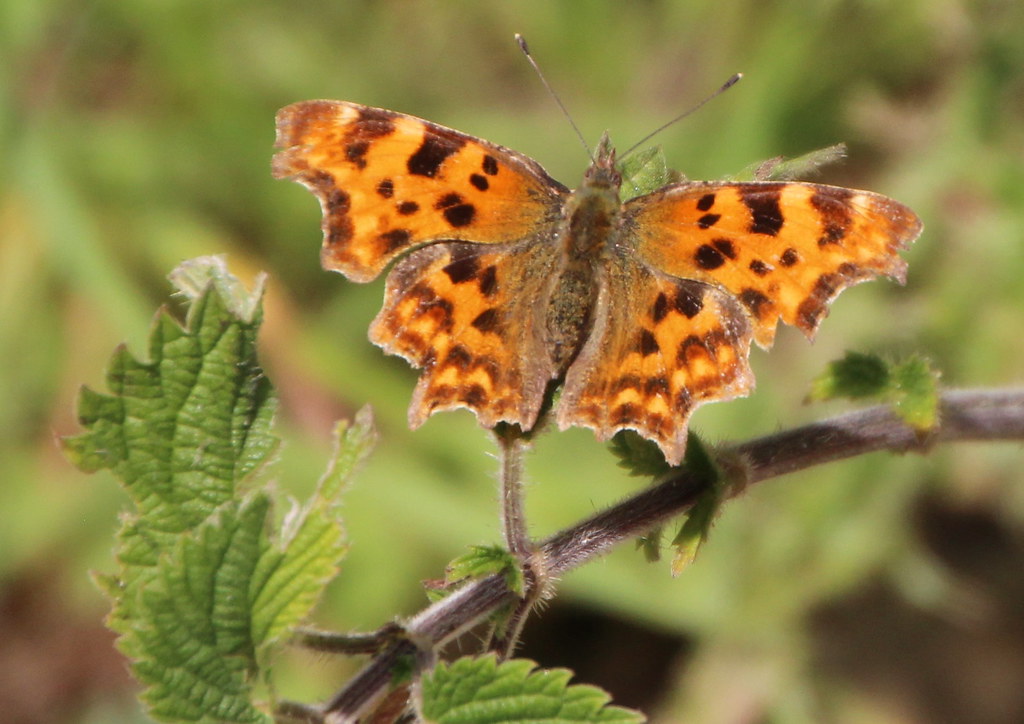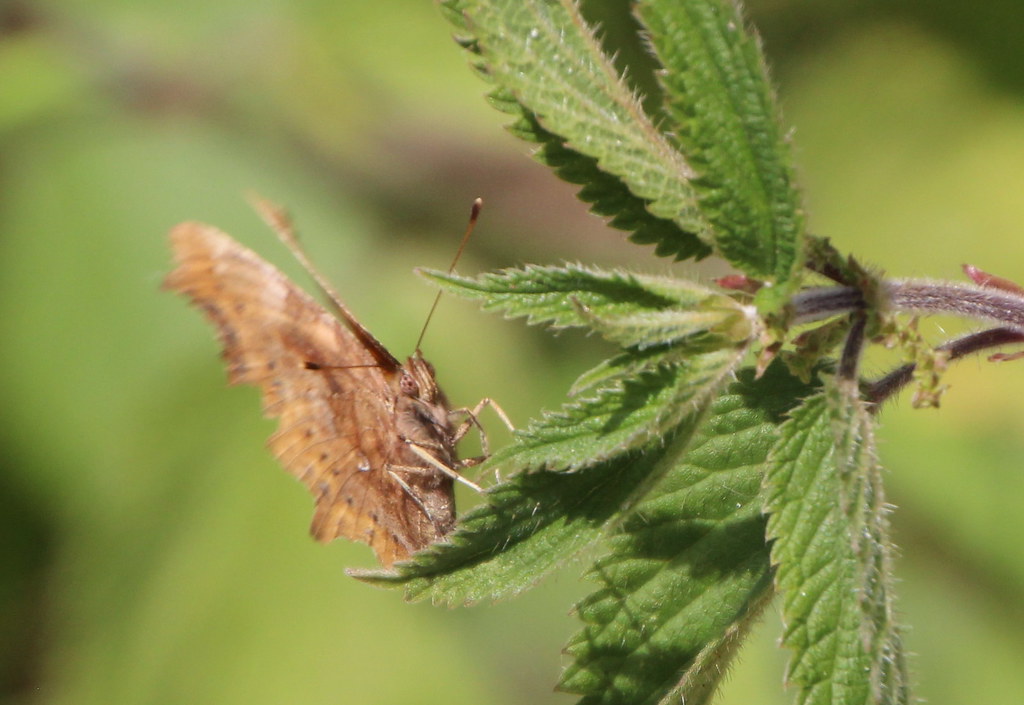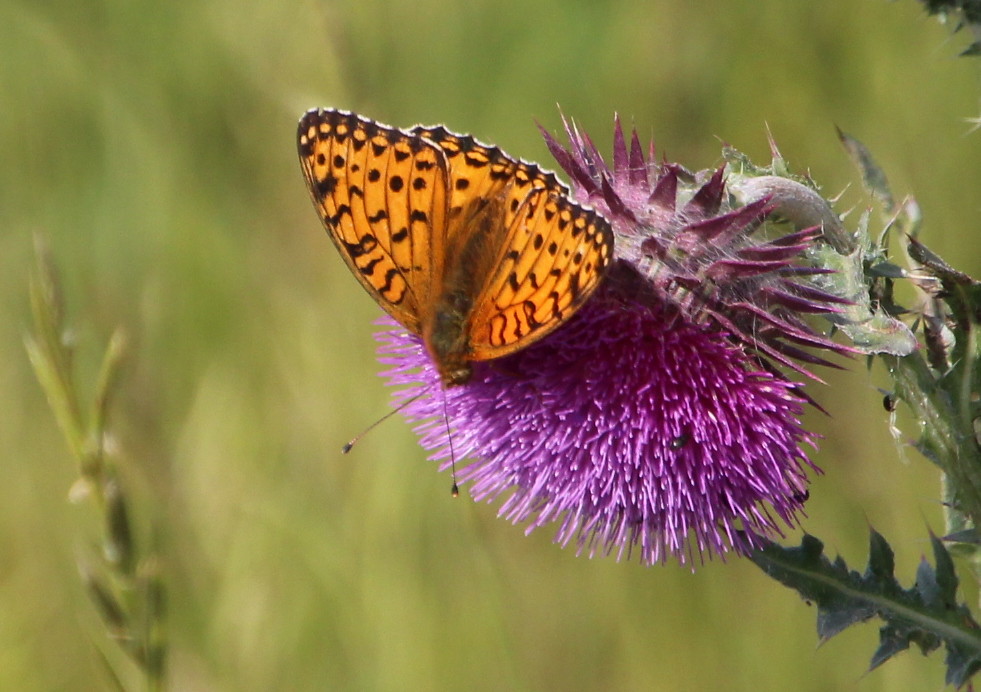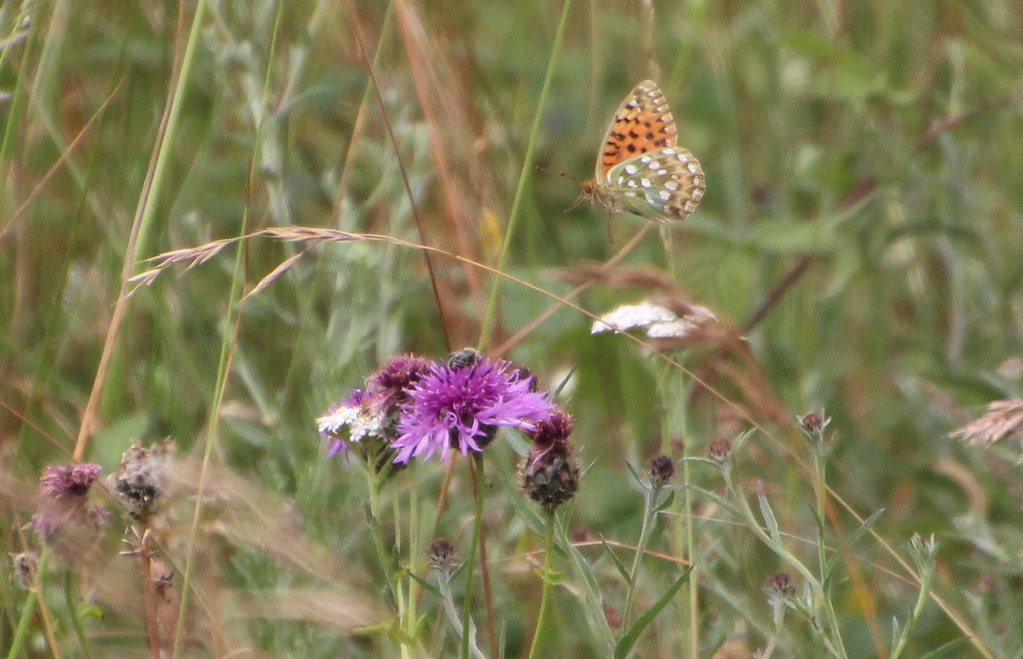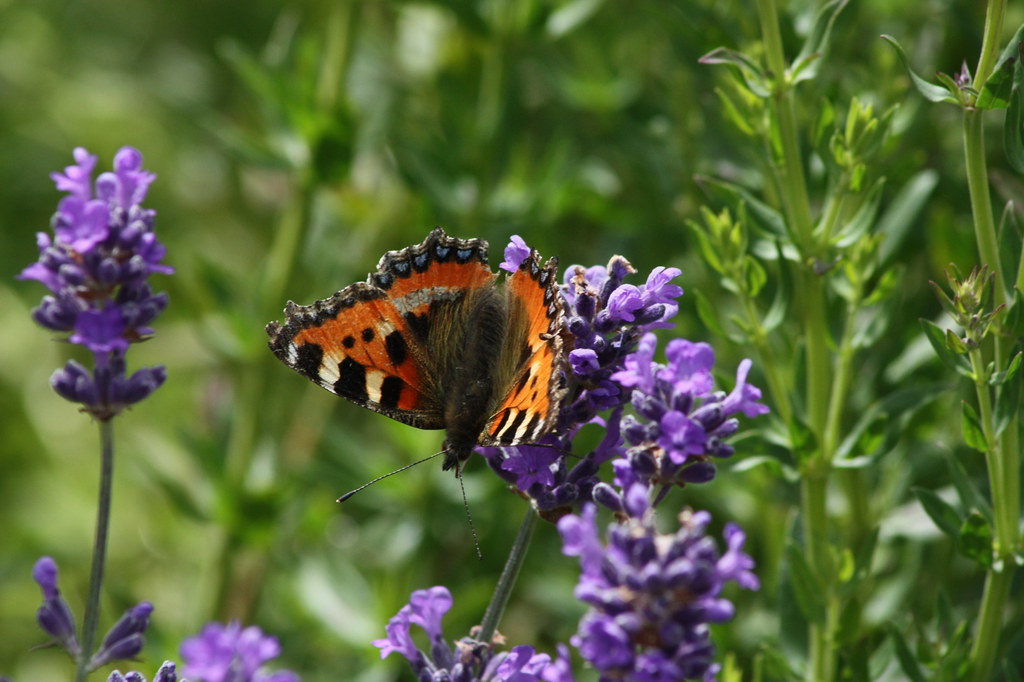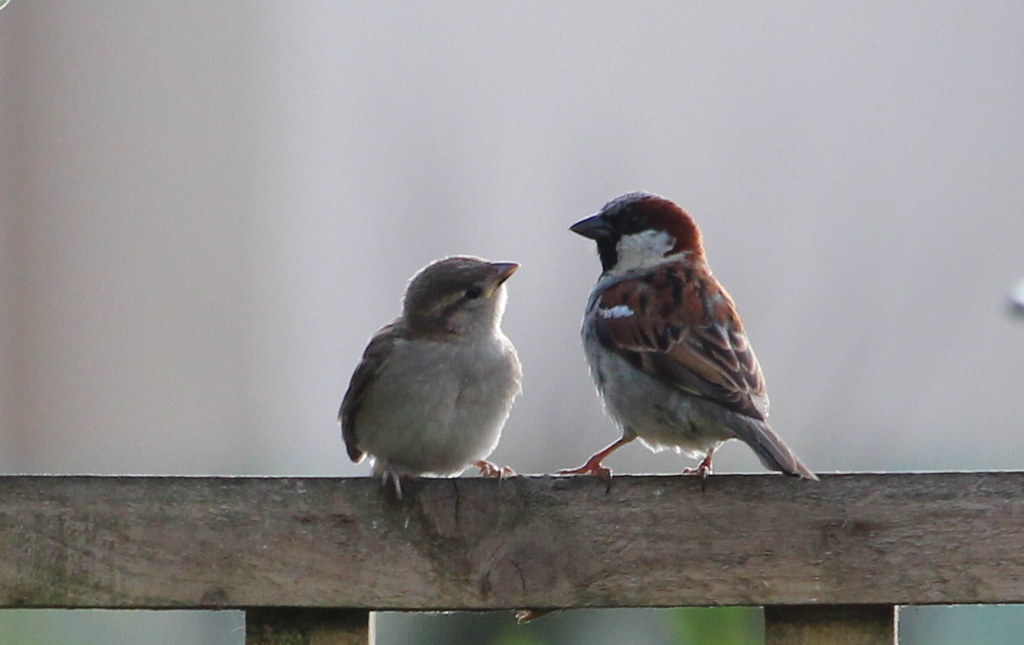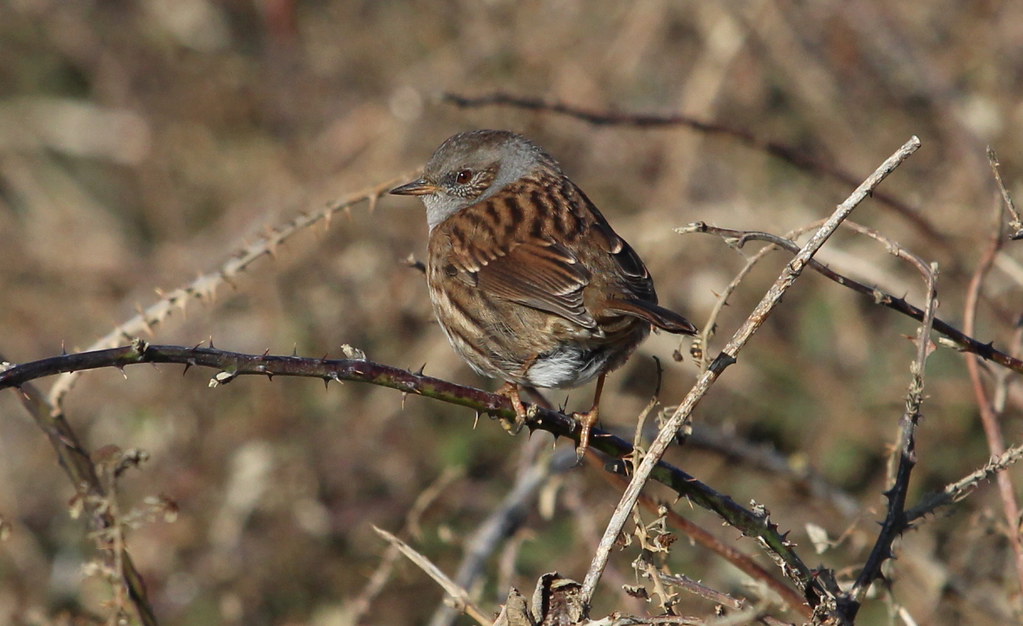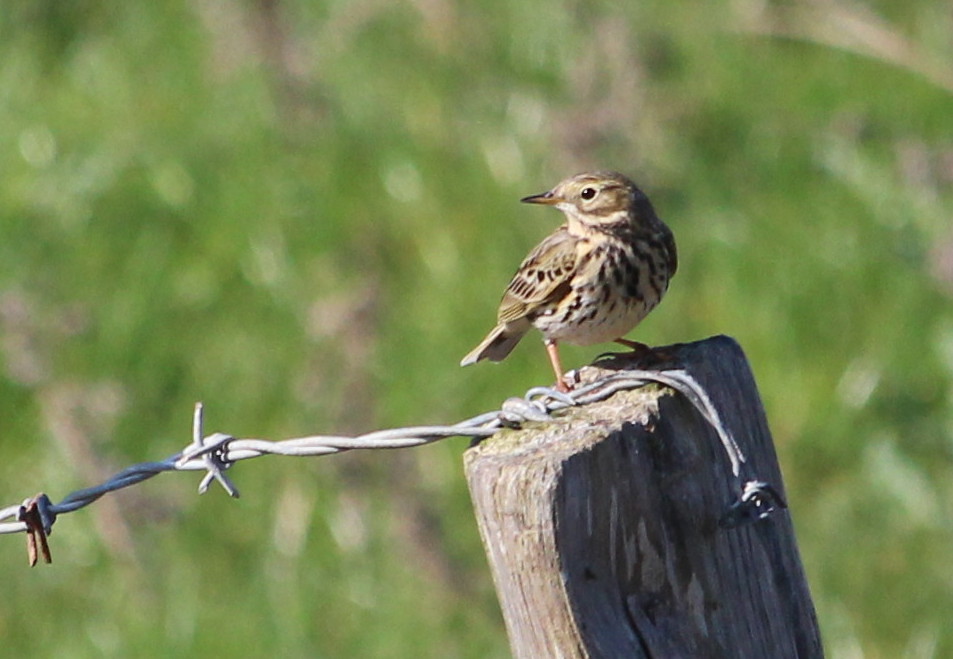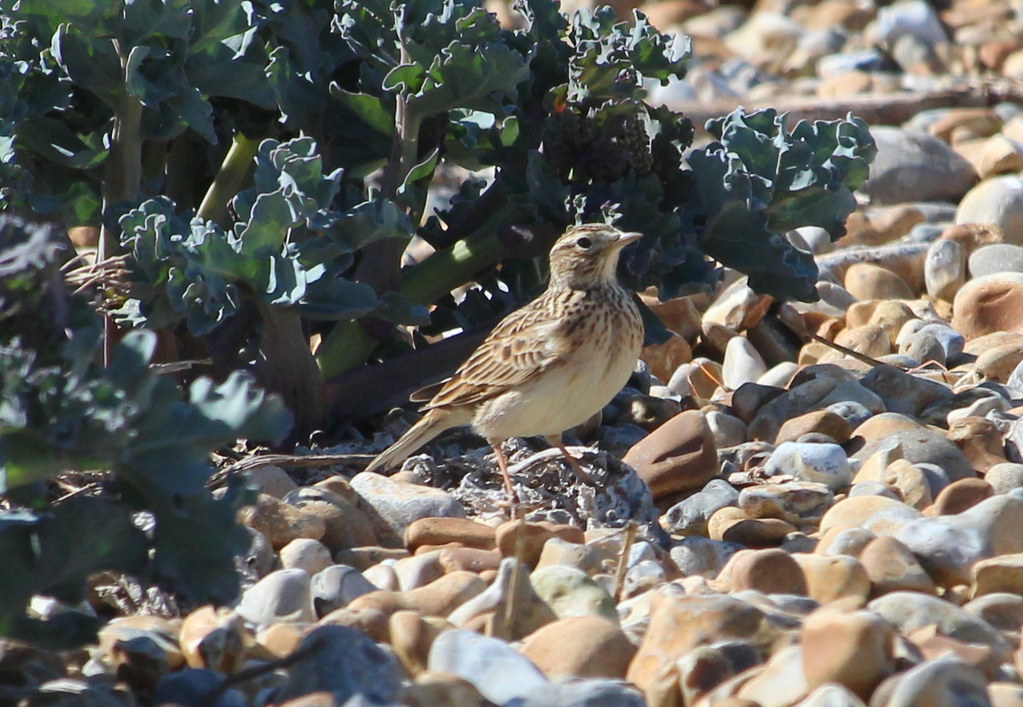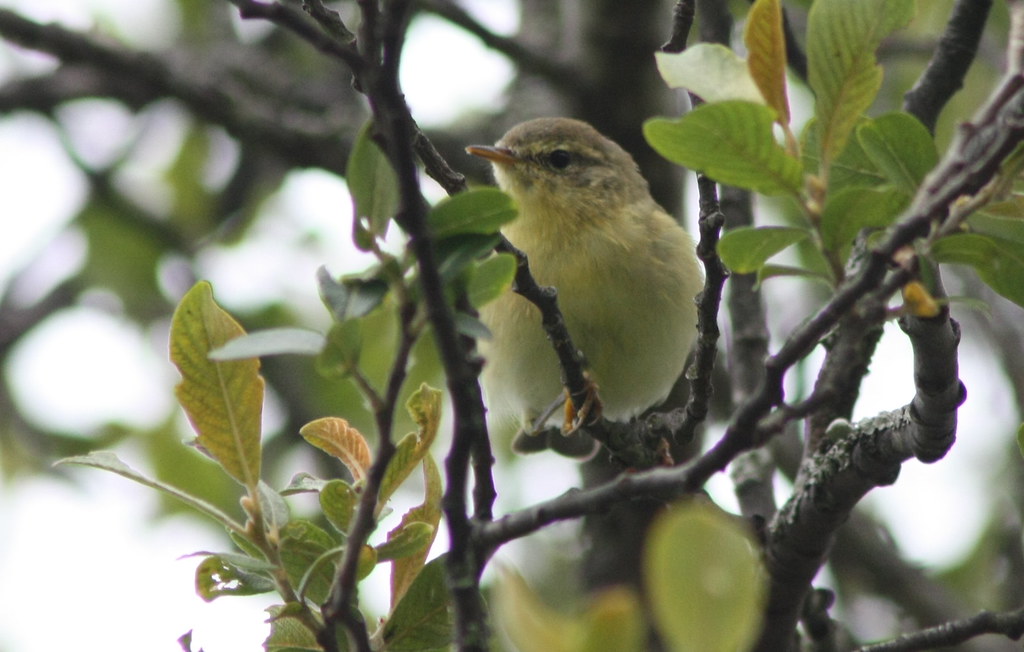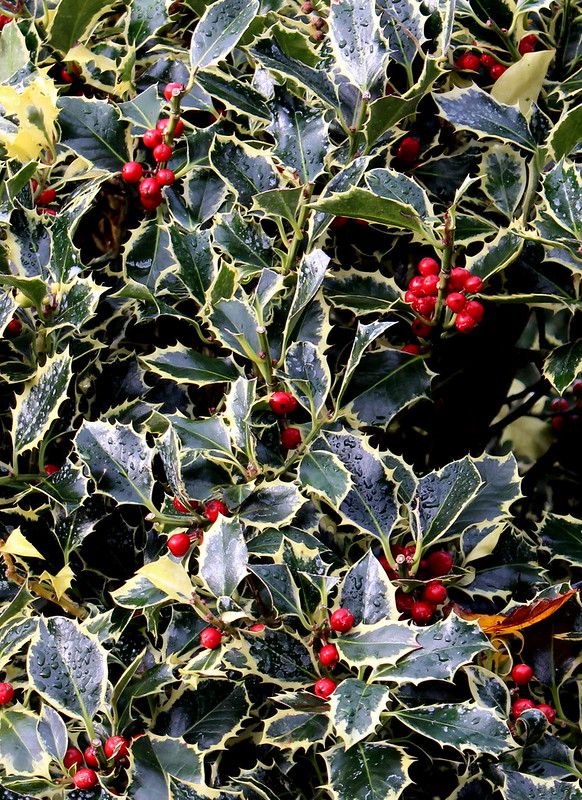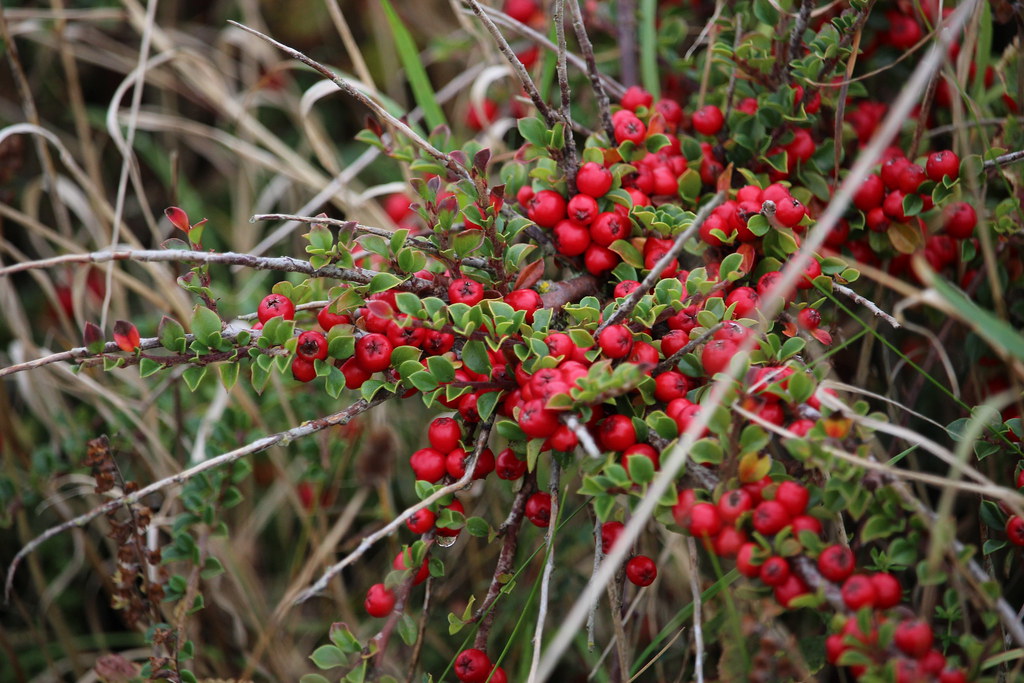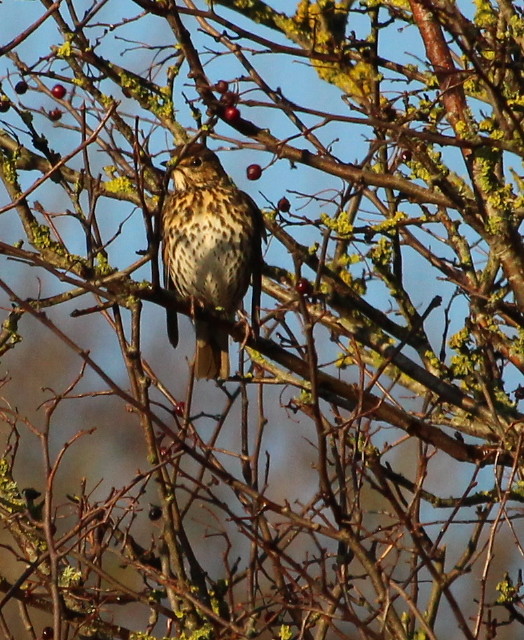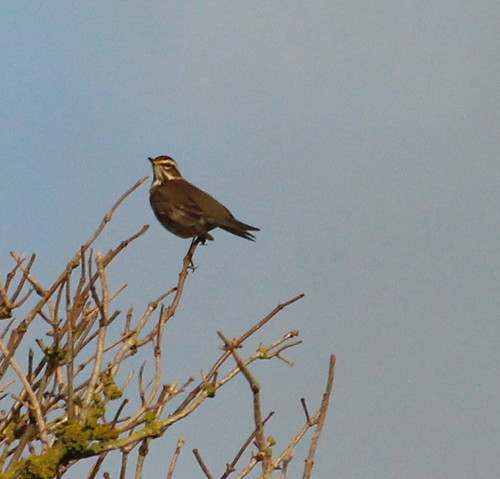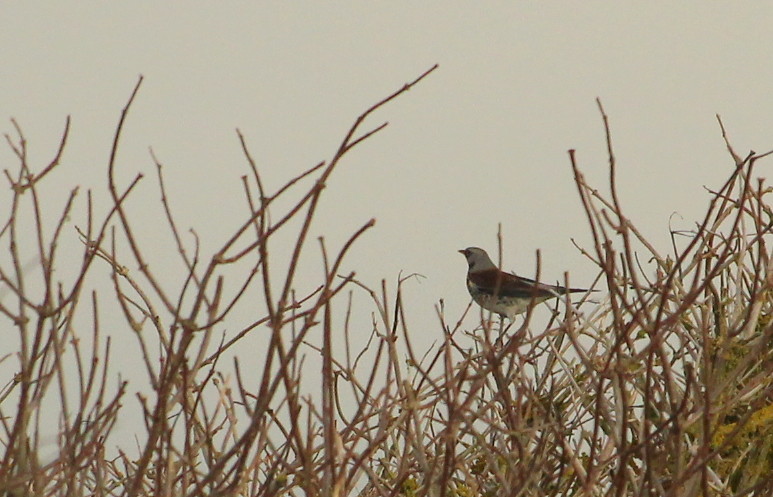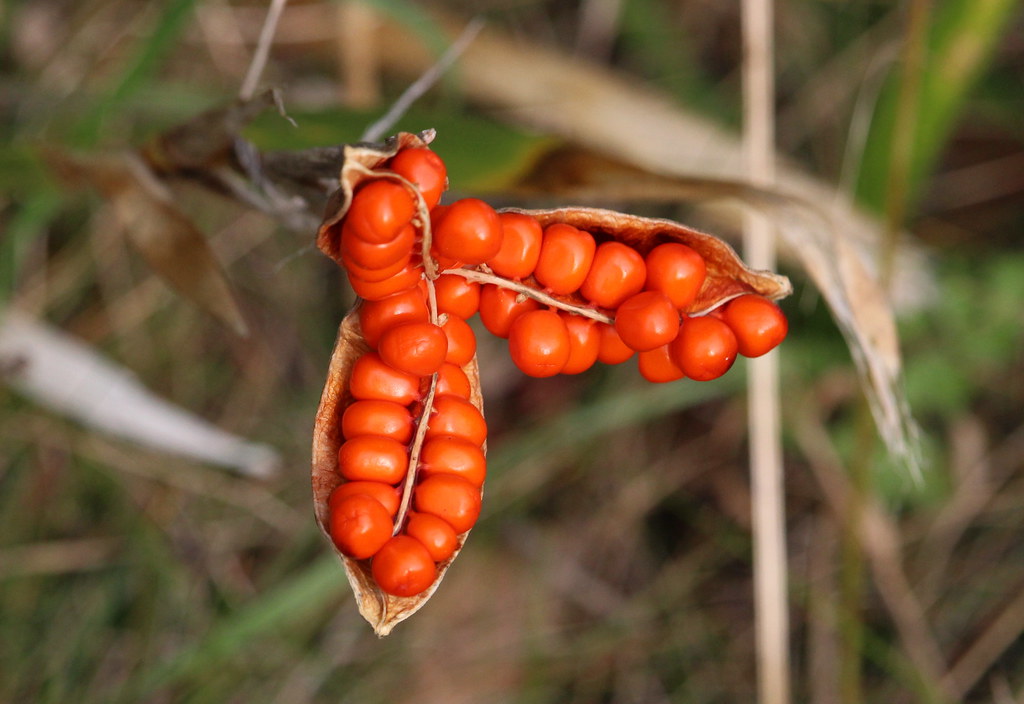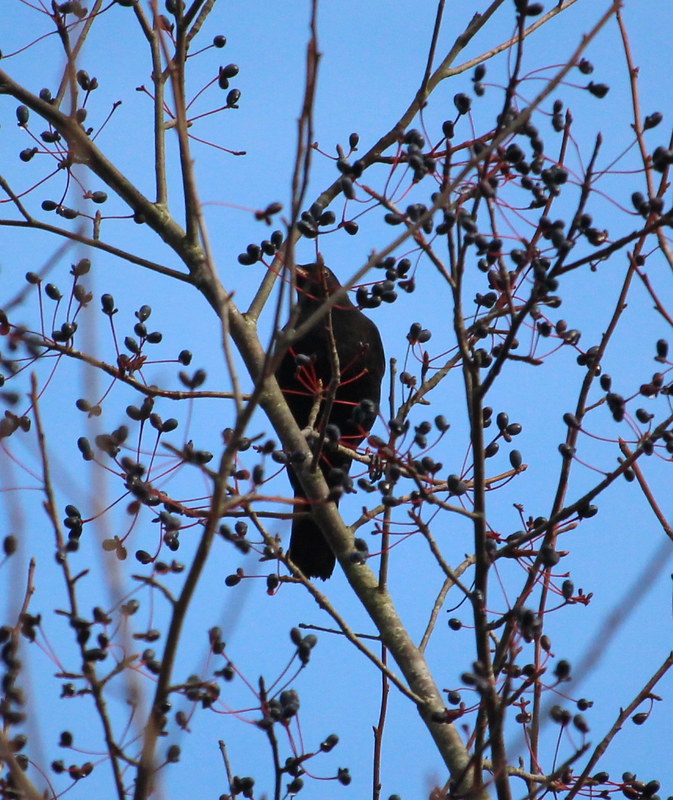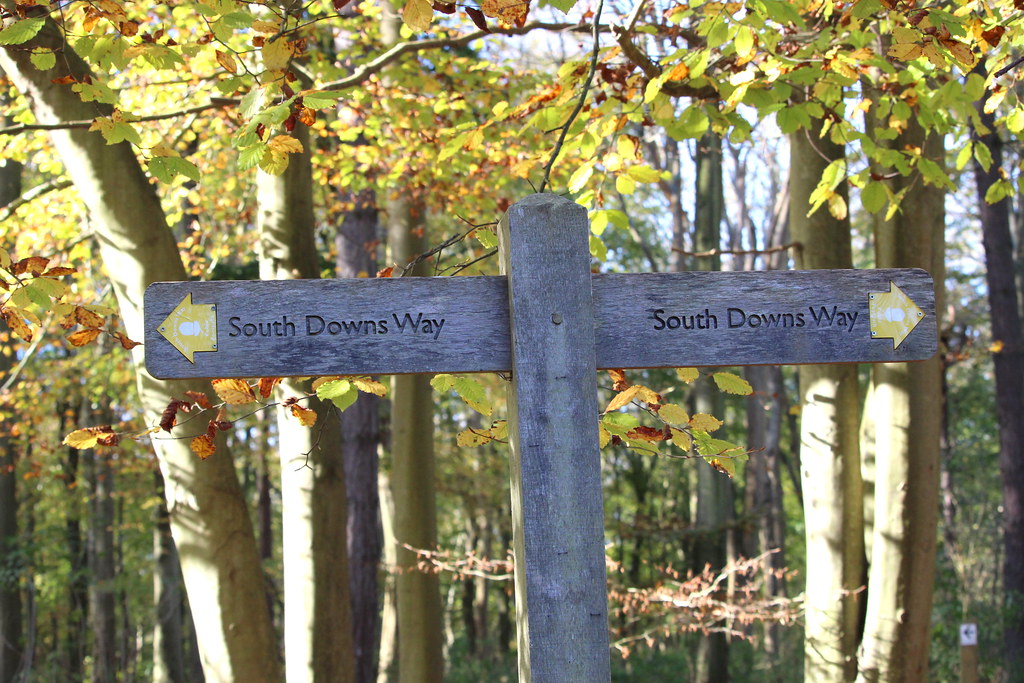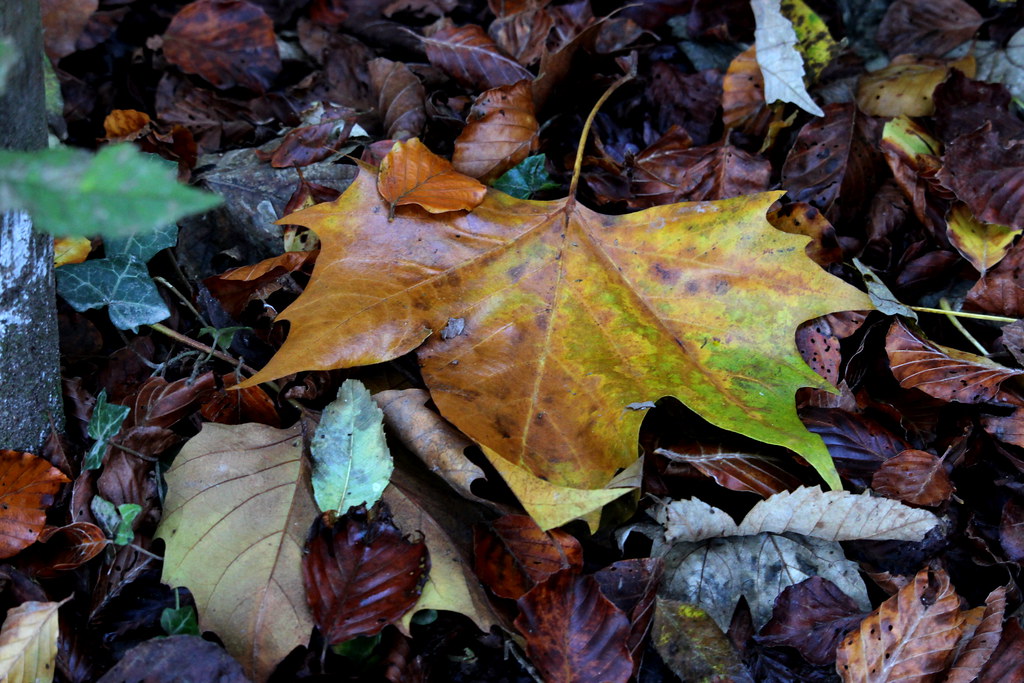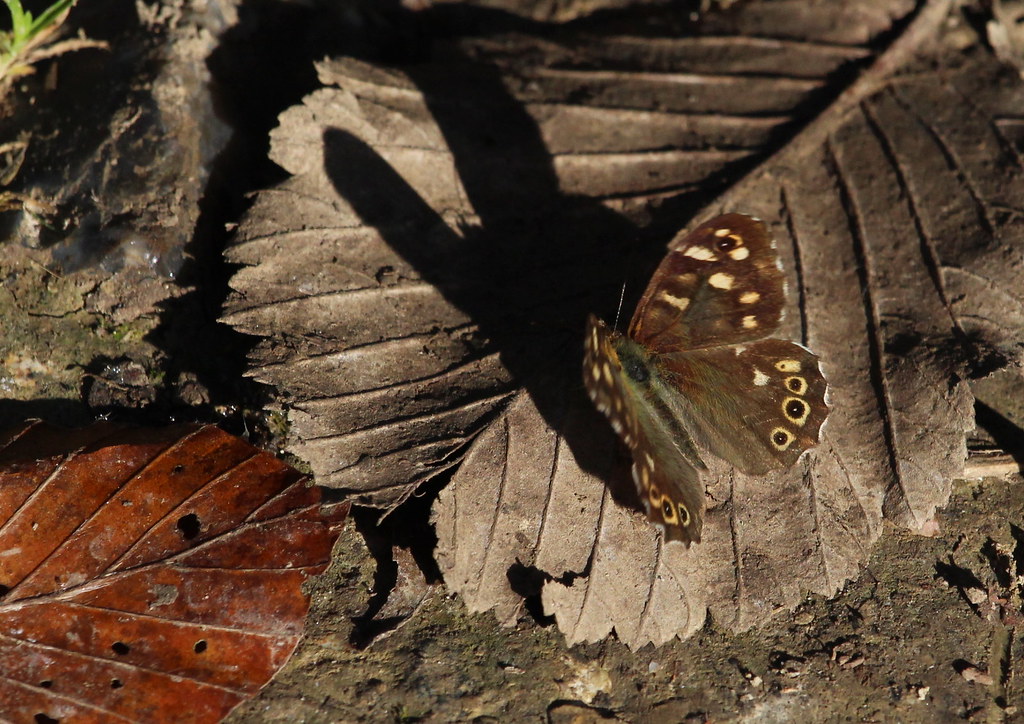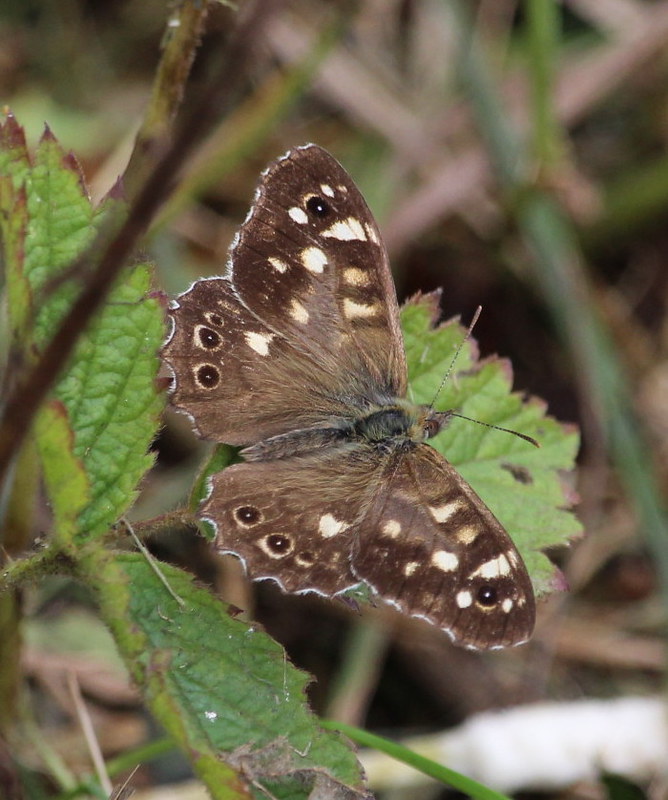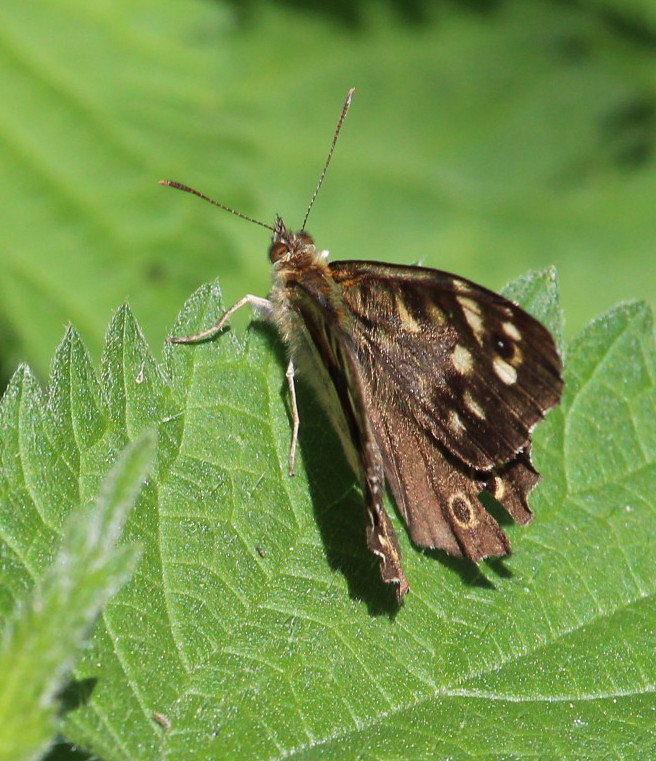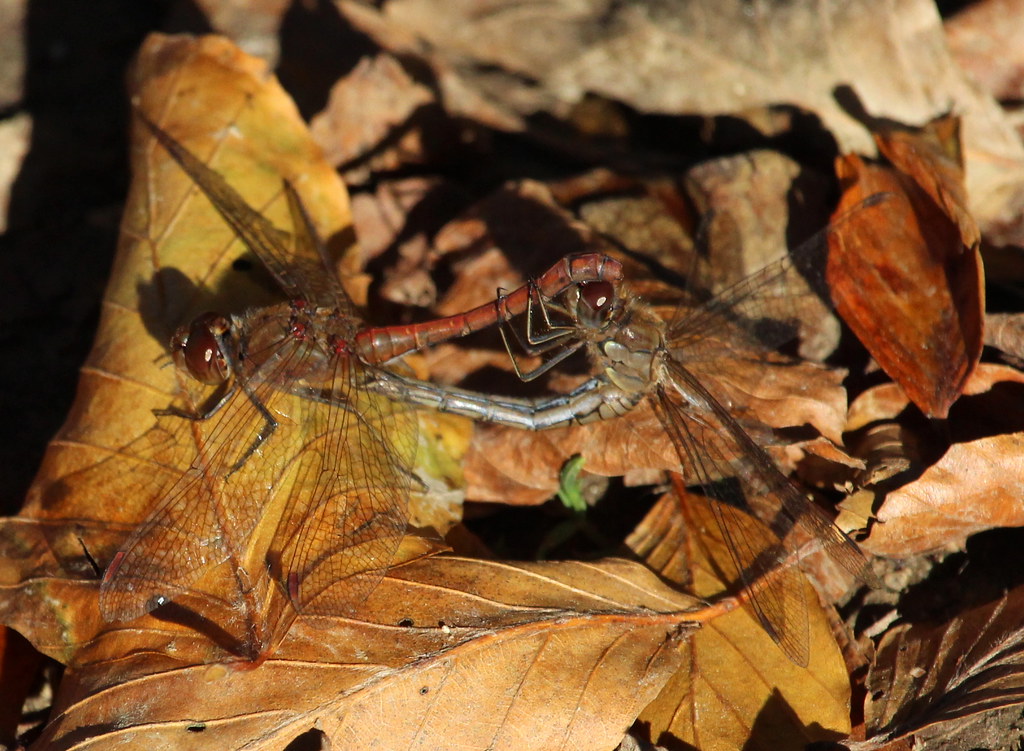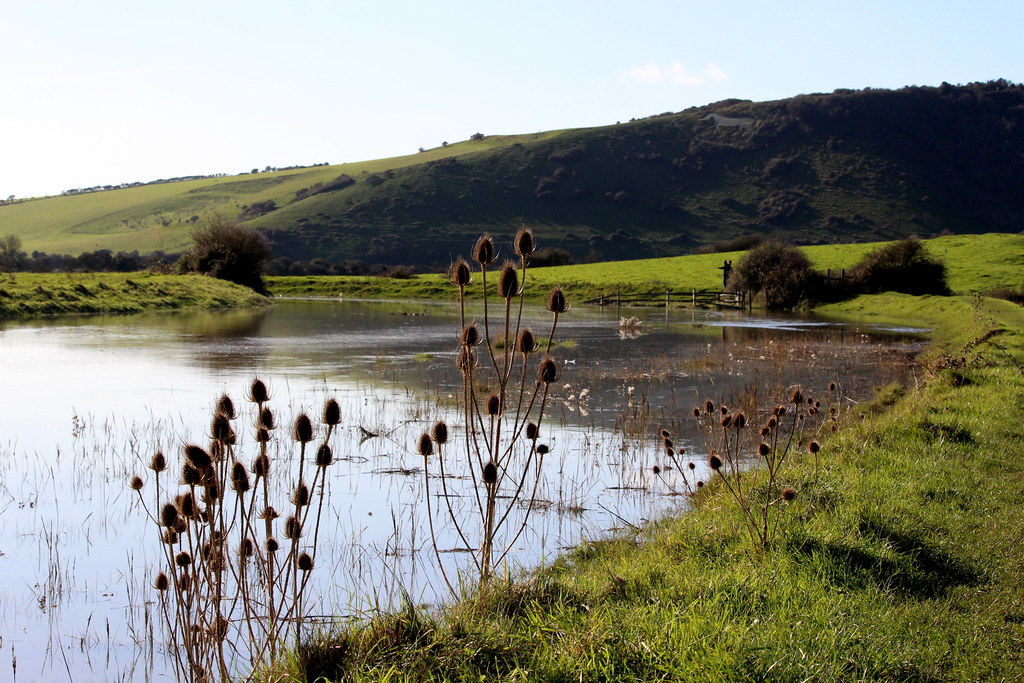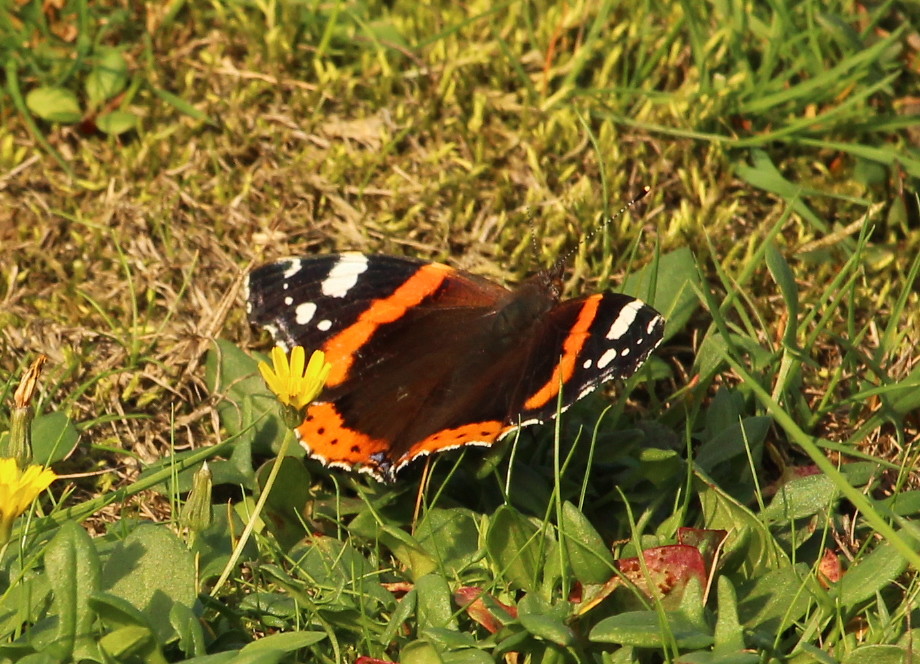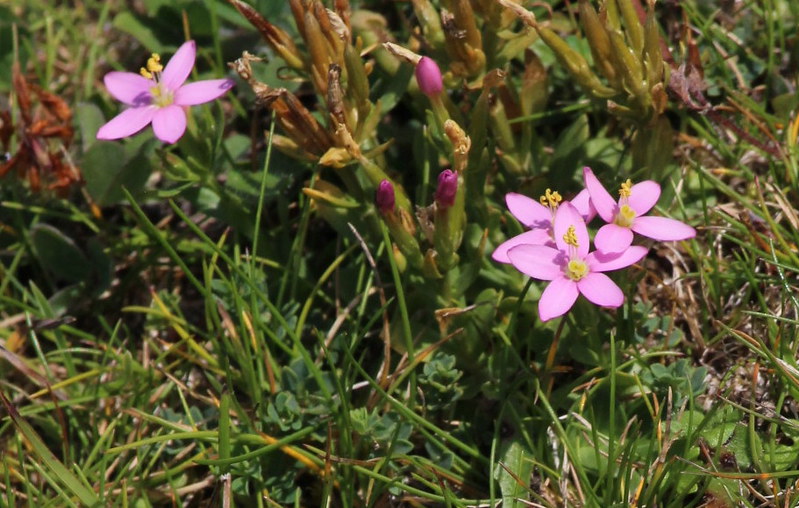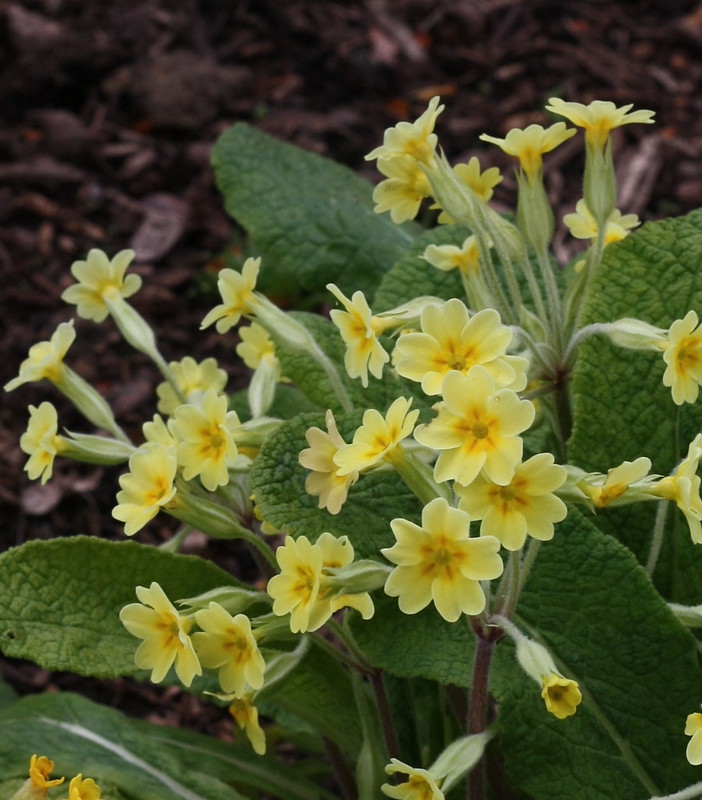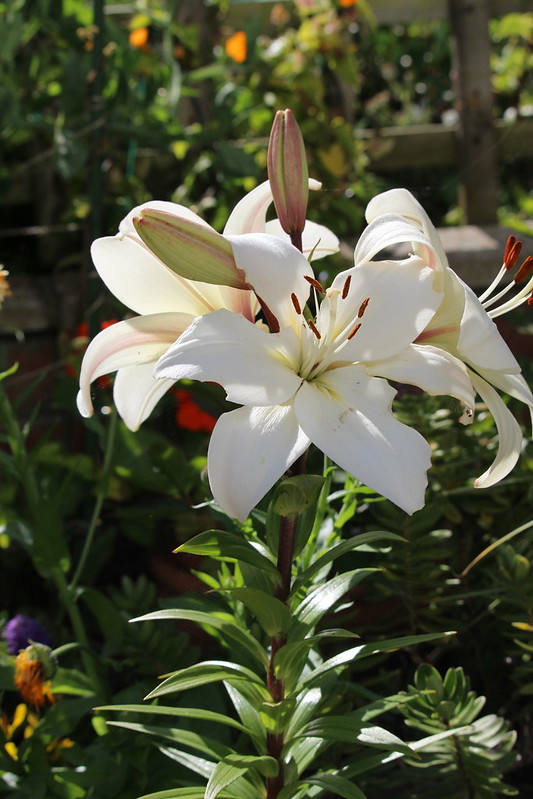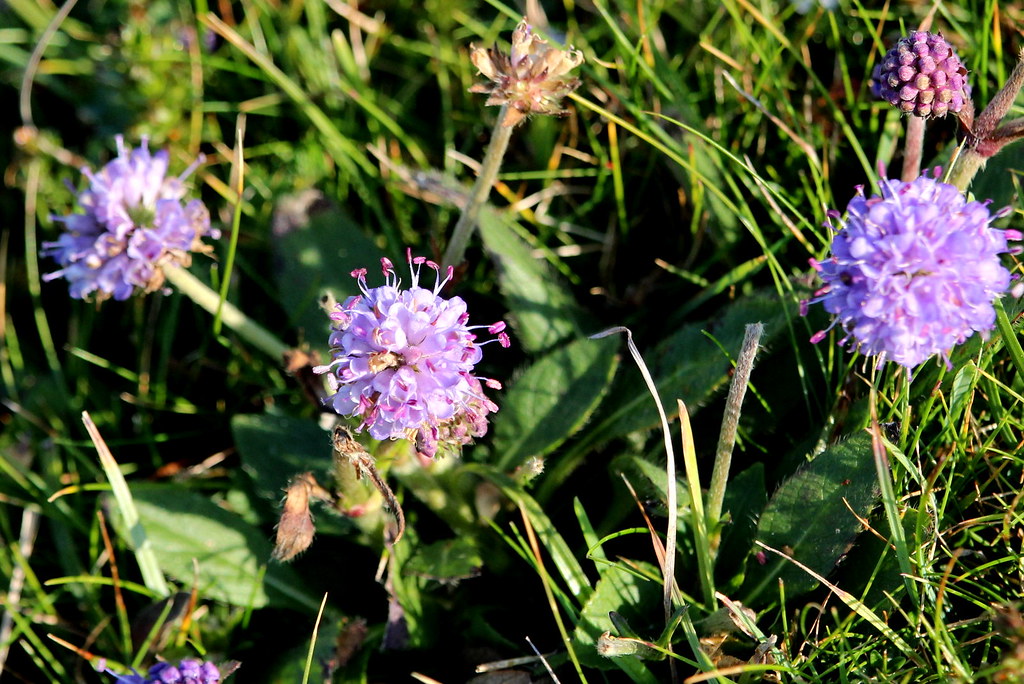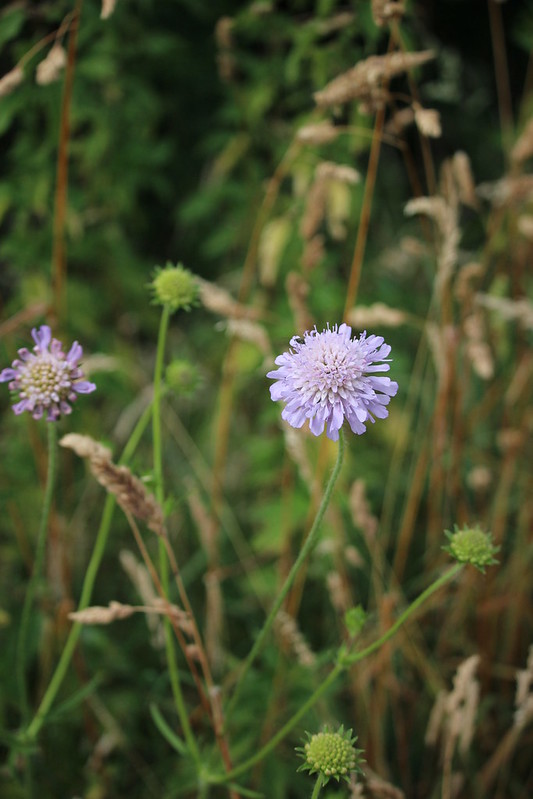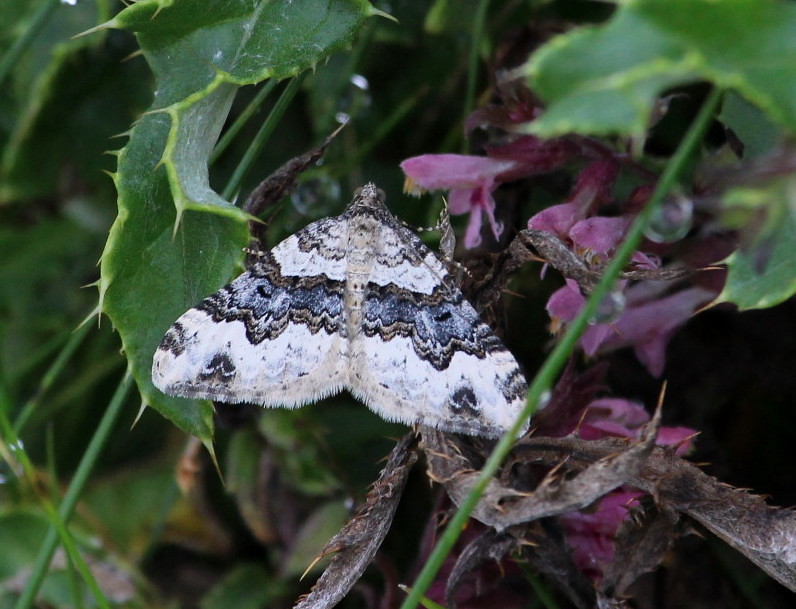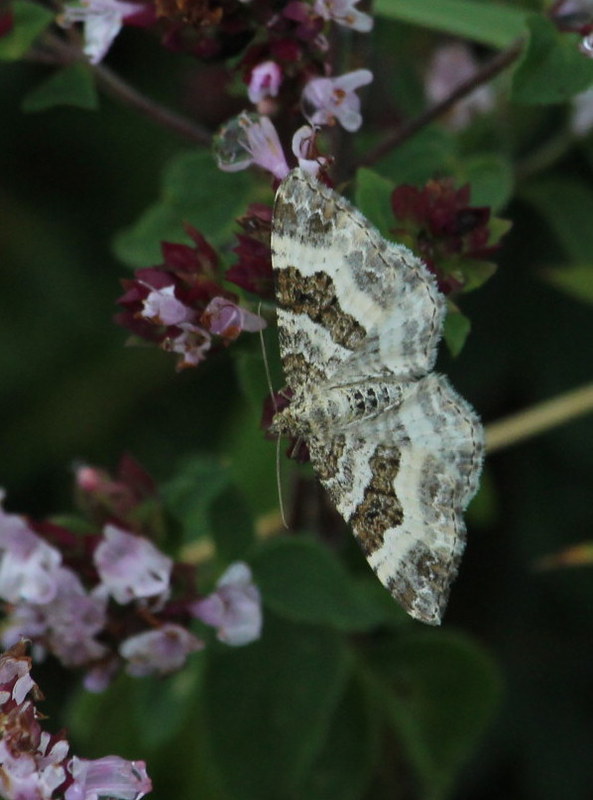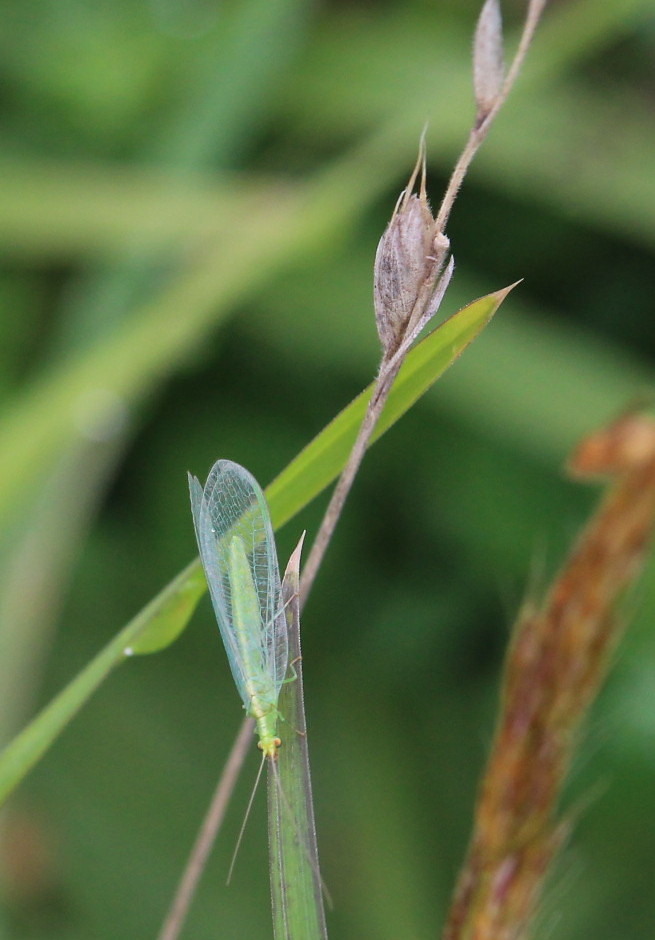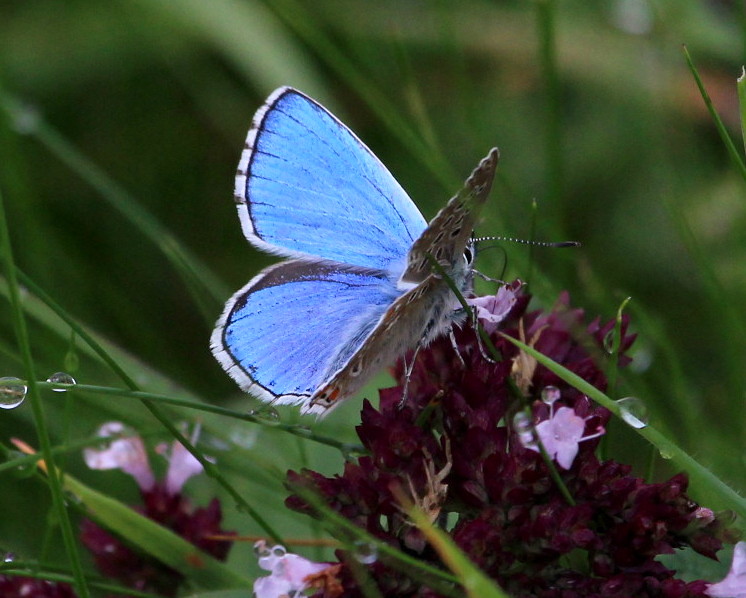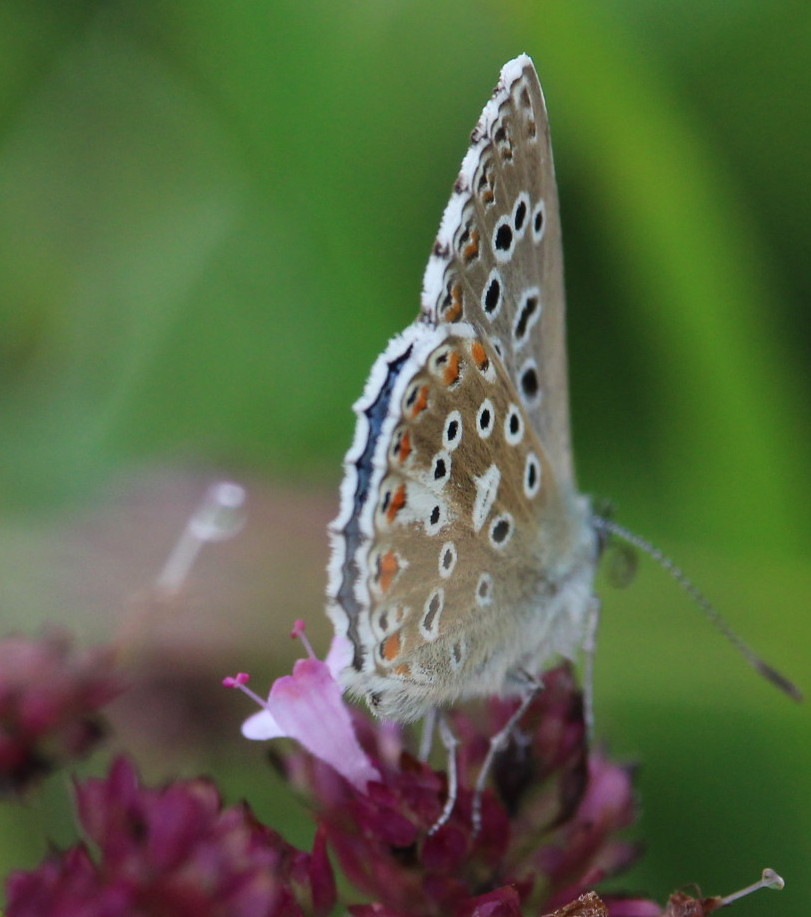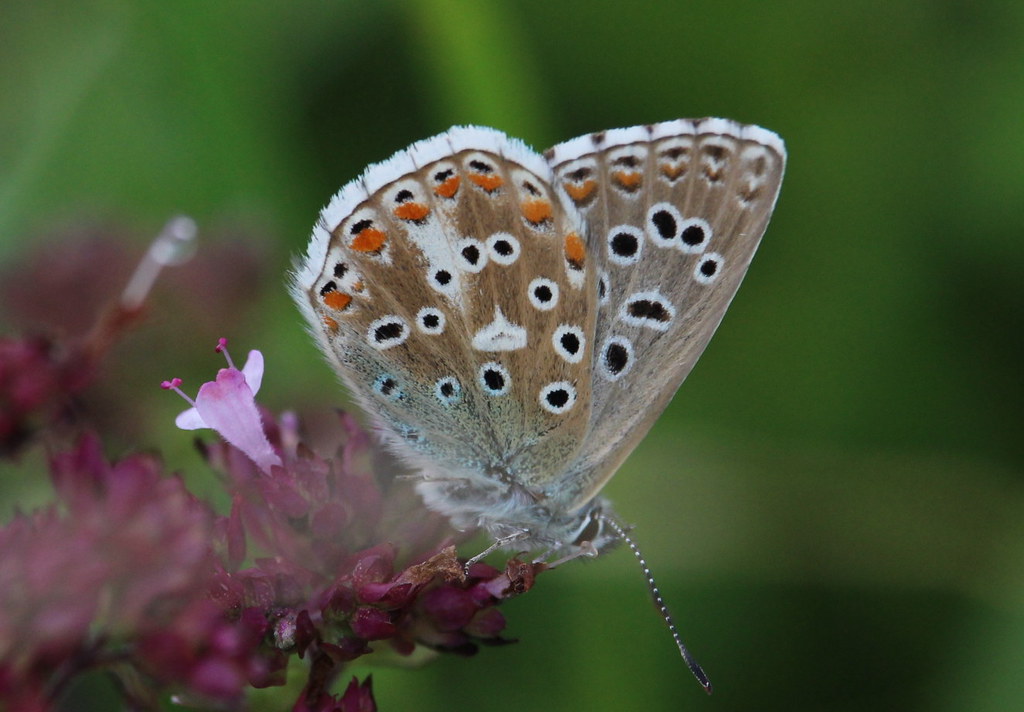Last year was the first time I really got out walking in Friston Forest. I’ve always been put off of walking especially alone in forests. It would be easier if all the many paths were marked on a map, but they don’t seem to be. I always fear getting lost in an environment where you can’t see the local landmarks.
Anyway I took the plunge, walking from near Friston Pond and along a straight well used path back to West Dean. Walking through woodland can be a bit monotonous where the scenery hardly changes and the wildlife is largely invisible, but in butterfly season, this route turned out to be a wondrous experience.
Recently I read the book about the Wilding of the Knepp estate which is near where I grew up. It’s a extraordinary book, and challenges some of the fundamental facts that we are told. So England used to be all forest apparently, miles and miles of dense trees, except that some of our oldest trees like the oak tree don’t grow well in a closed canopy. They really need enough light and space. Throw into the forests some grazing animals, and maybe ancient man clearing some space, and suddenly we have a completely different ecosystem. Within a few yards from the depths of the shady canopies, where the sun could slip through, were riots of wildflowers.
Passing through the ancient woods are old tracks that would once have been riding routes for the hunting of kings and other landowners. These days you are more likely to get flattened by a mountain biker, than a trusty steed, but these forest “rides” were a glorious find. Peacocks, commas, fritilaries and flitting joyfully along the wildflower edges and glades. Here too I first discovered the beautiful ringlet butterflies.
28 Ringlet (Aphantopus Hyperantus)
The spots/eyes on a butterfly are a defence mechanism. If attacked by a bird, the bird will go for the eye spots, rather than the real eyes, and a butterfly can fly surprisingly well with bits of wing missing!
Watching the ringlets I suddenly noticed something brighter higher up in the canopy. I chased it as far as I could. A White Admiral? I think so!
29 White Admiral (Limenitis Camilla)
Wonderful days for butterflies in those sunny forest glades. On my first visit I made it safely out the other end, determined to be back as much as I could! Roll on Summer so I can conquer some of the other woodland trails.
So in 2018, 29 butterflies spotted and photographed, and 2 that got away (white letter hairstreak and orange tip). Plenty more to try and find in 2019.
Ring the bells that still can ring
Forget your perfect offering
There is a crack, a crack in everything
That’s how the light gets in.
Leonard Cohen
